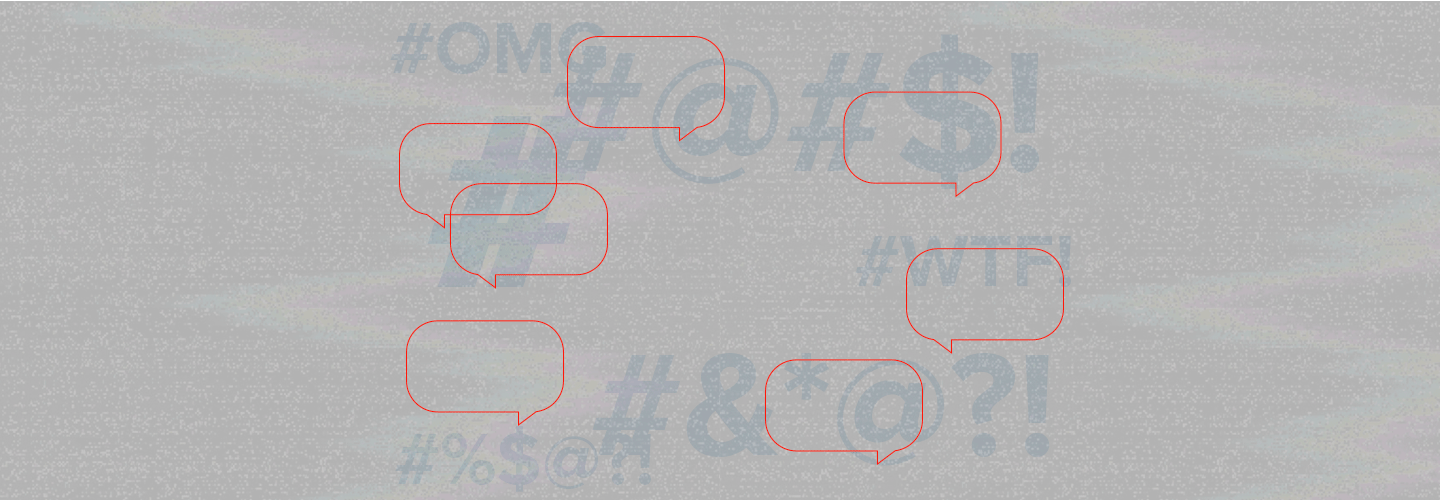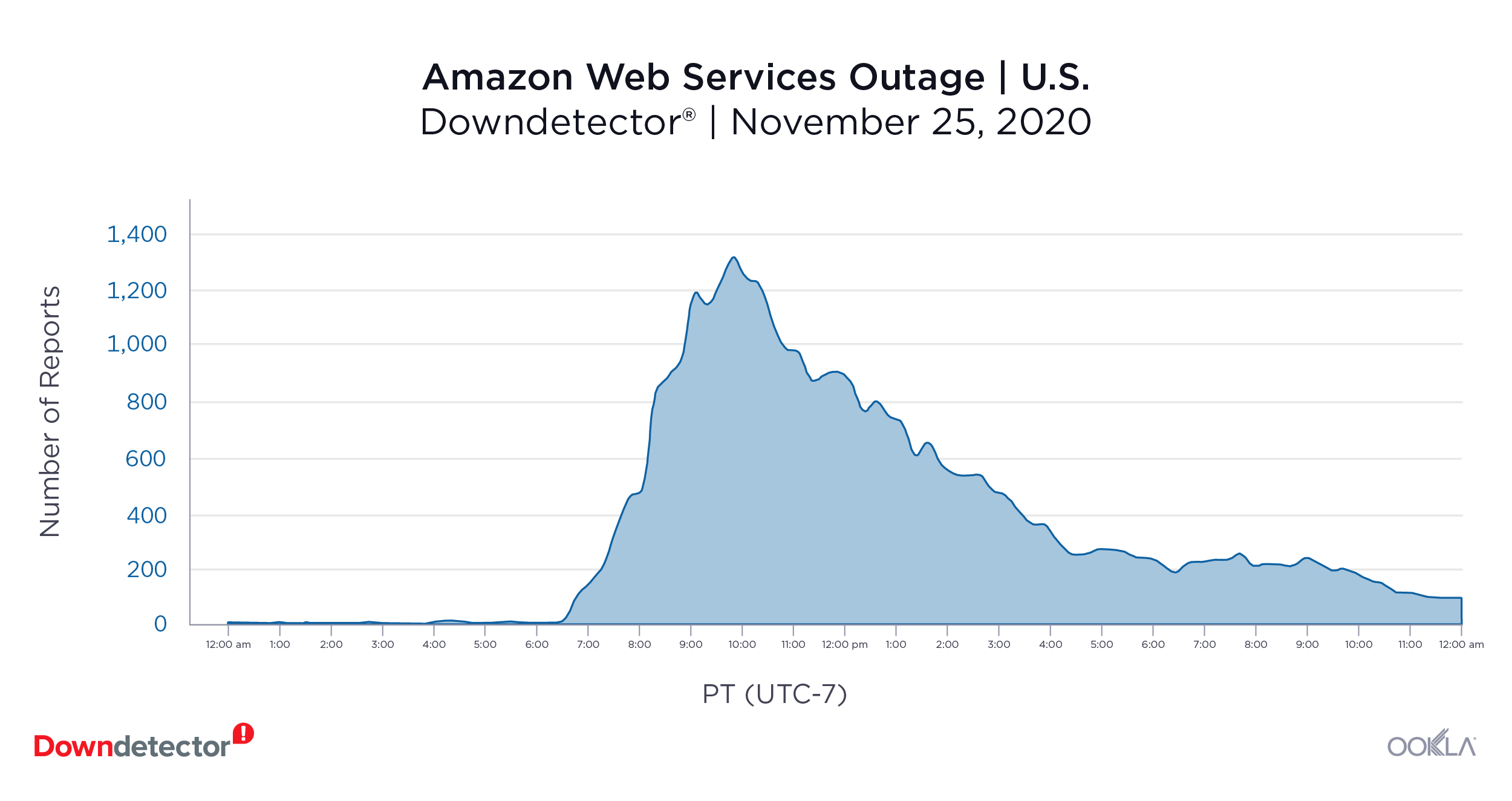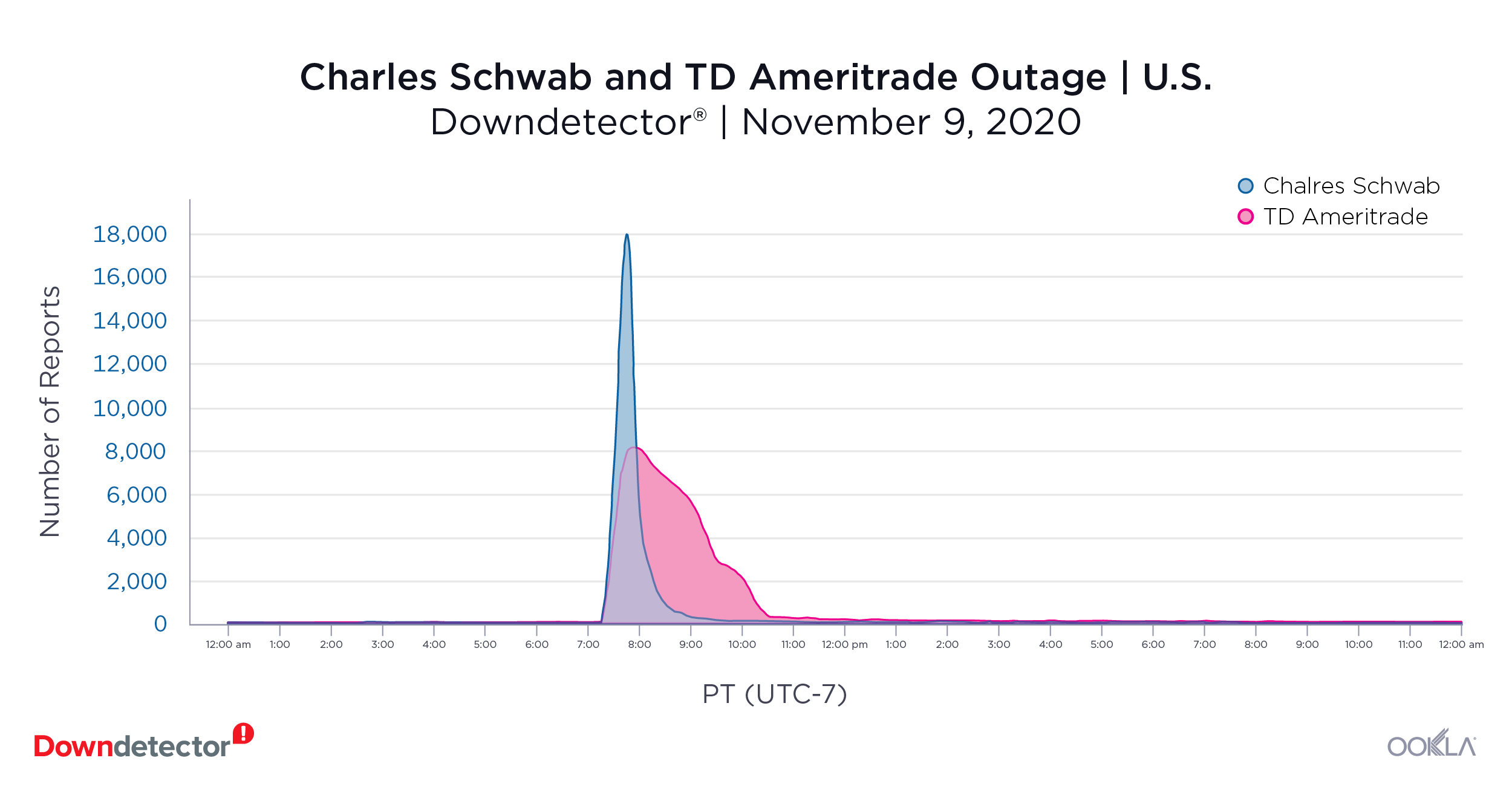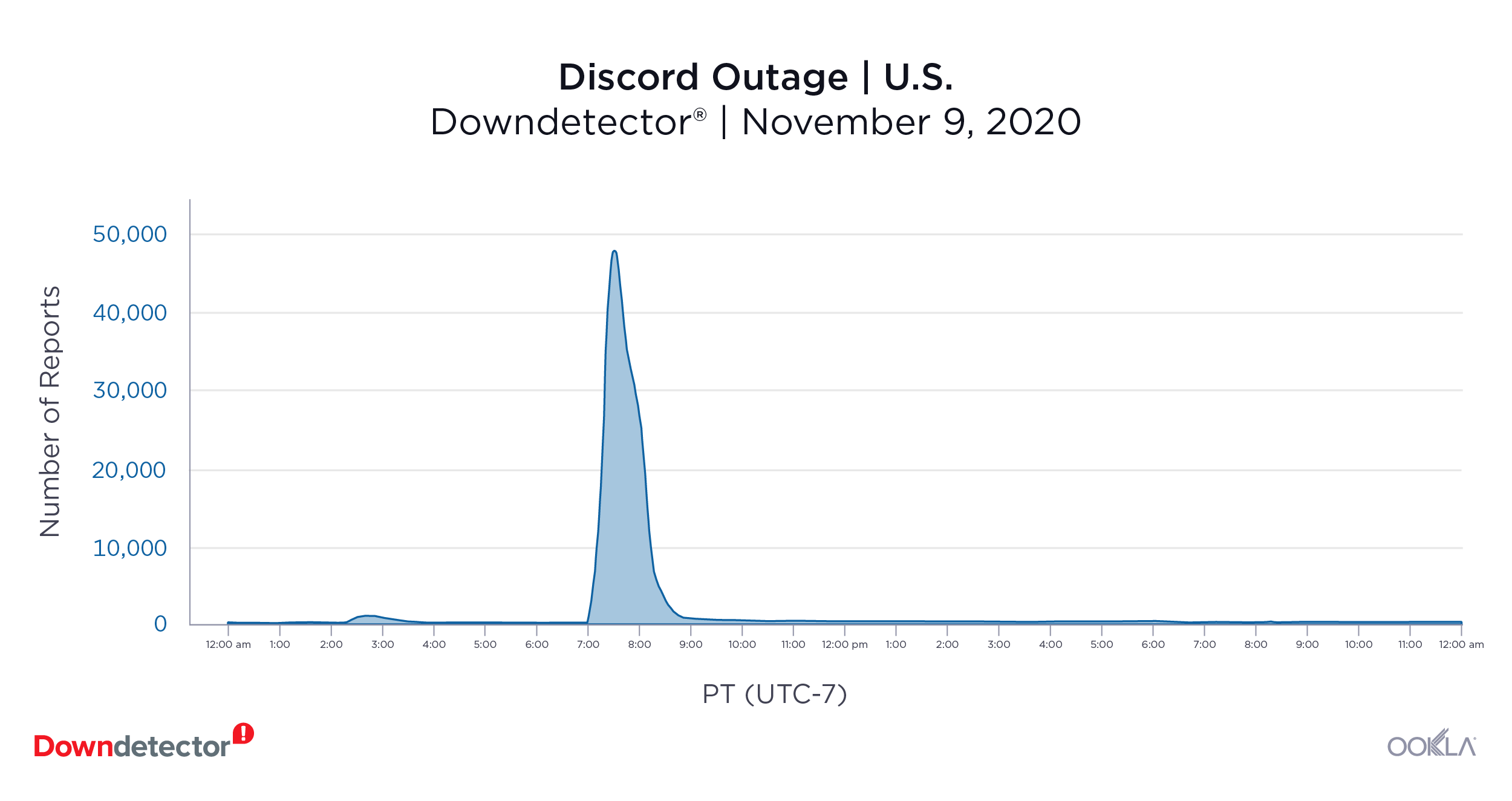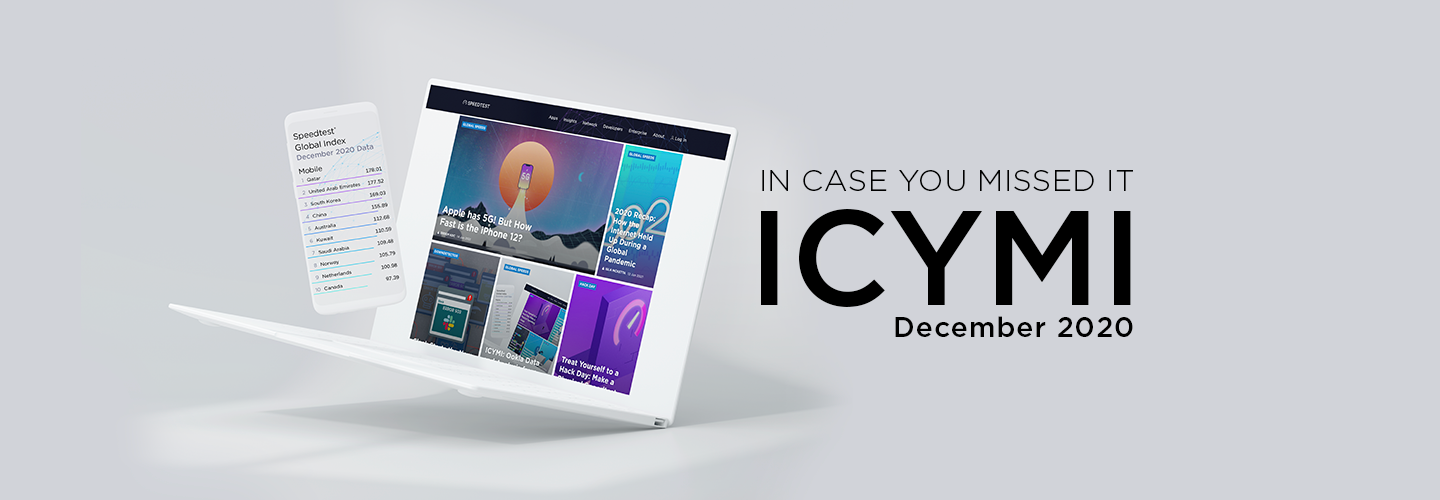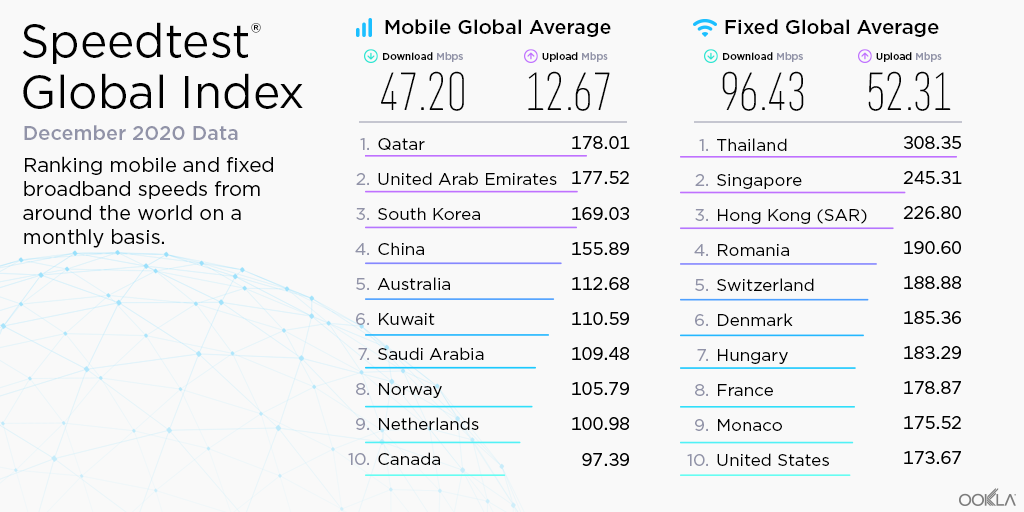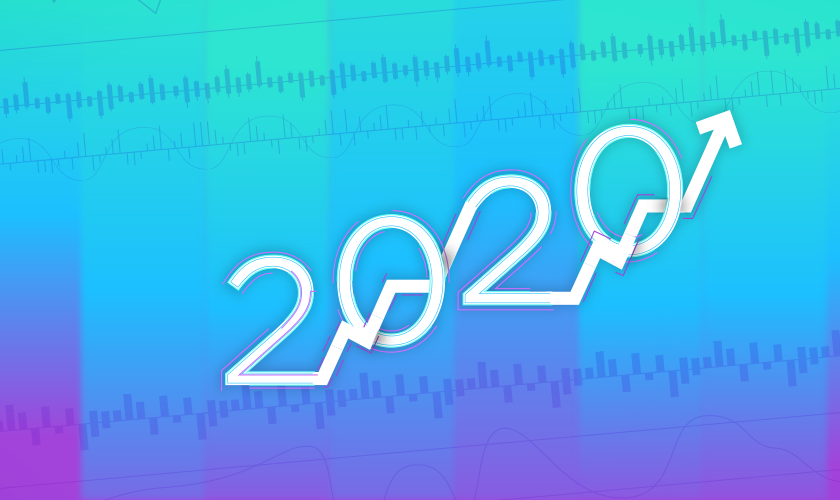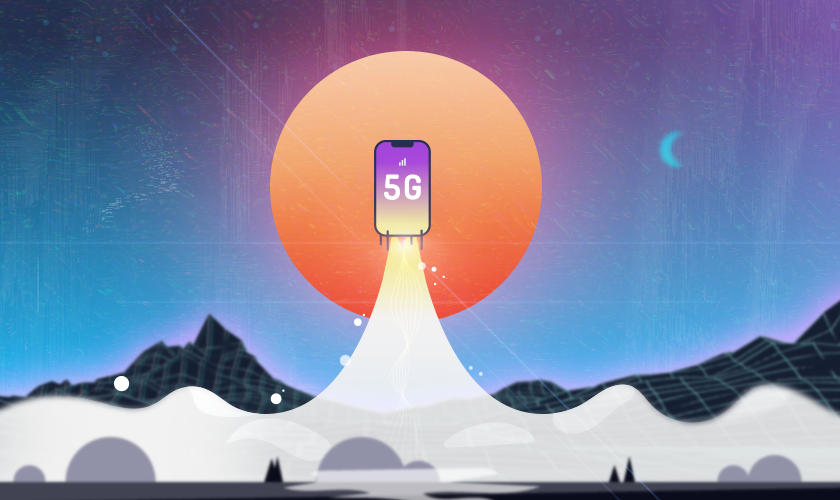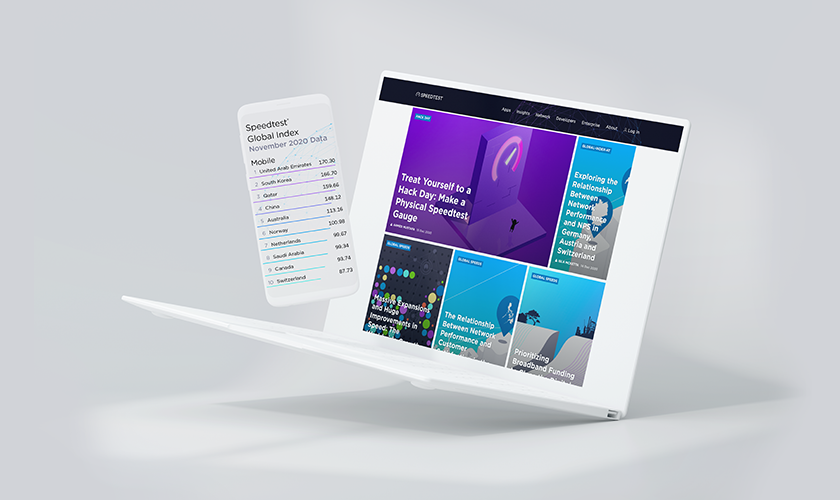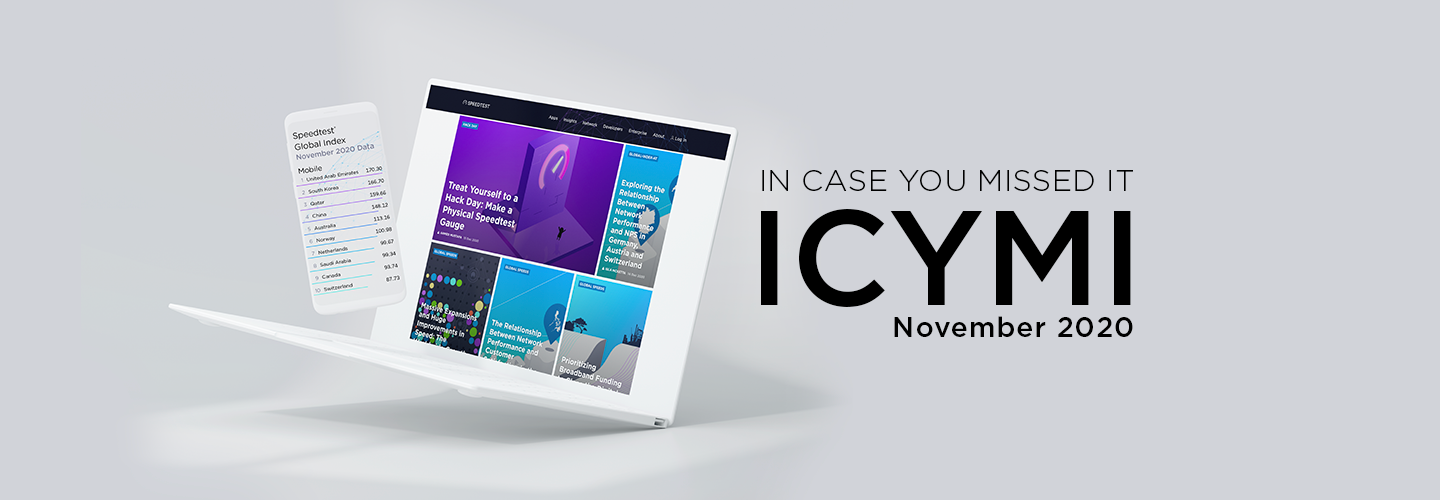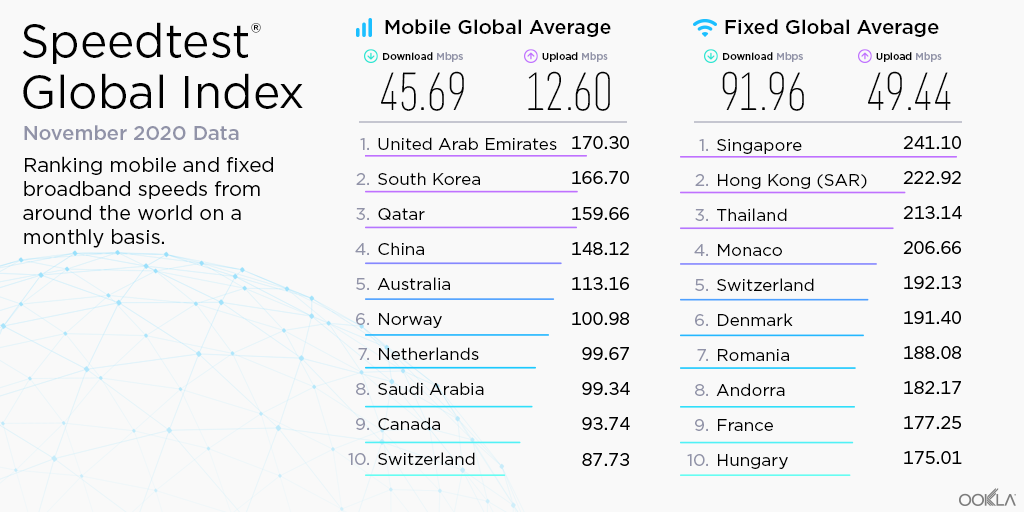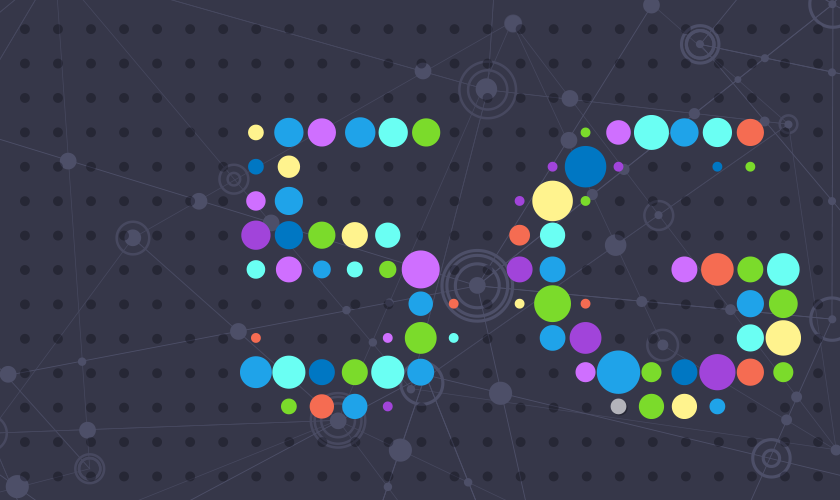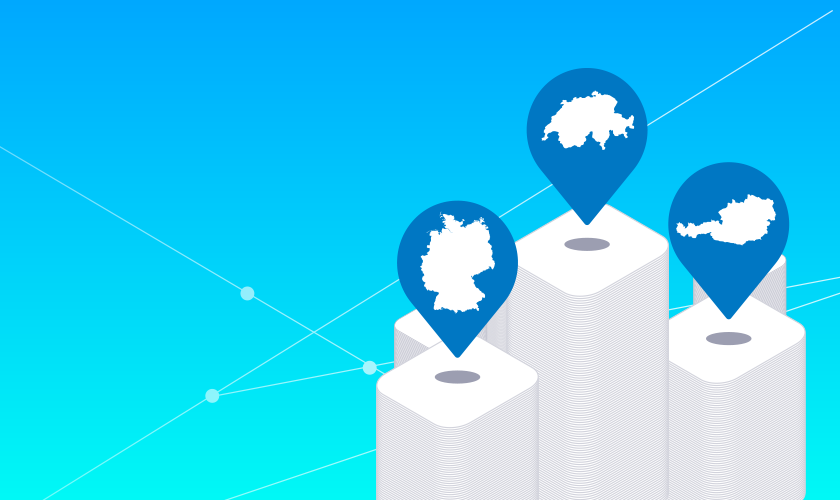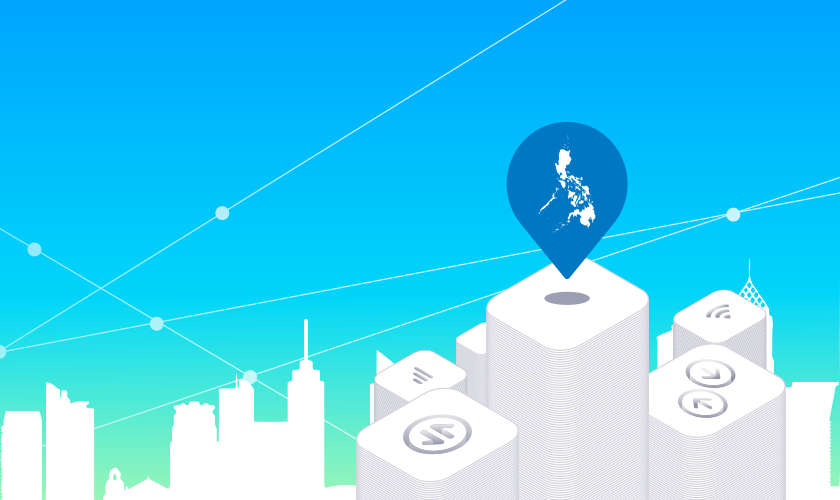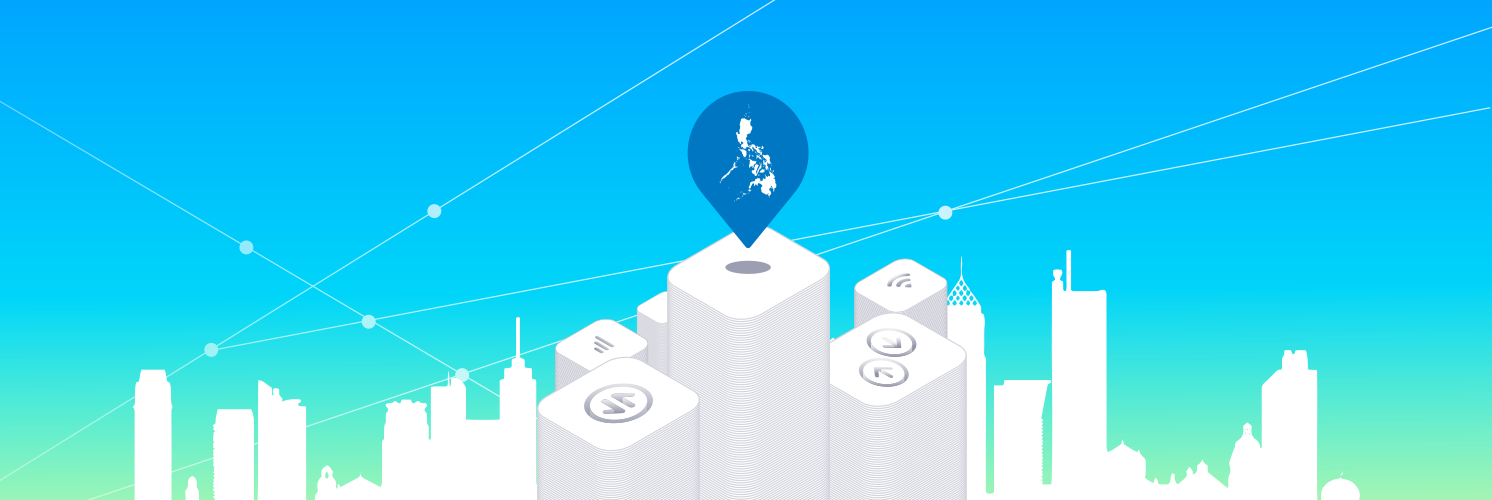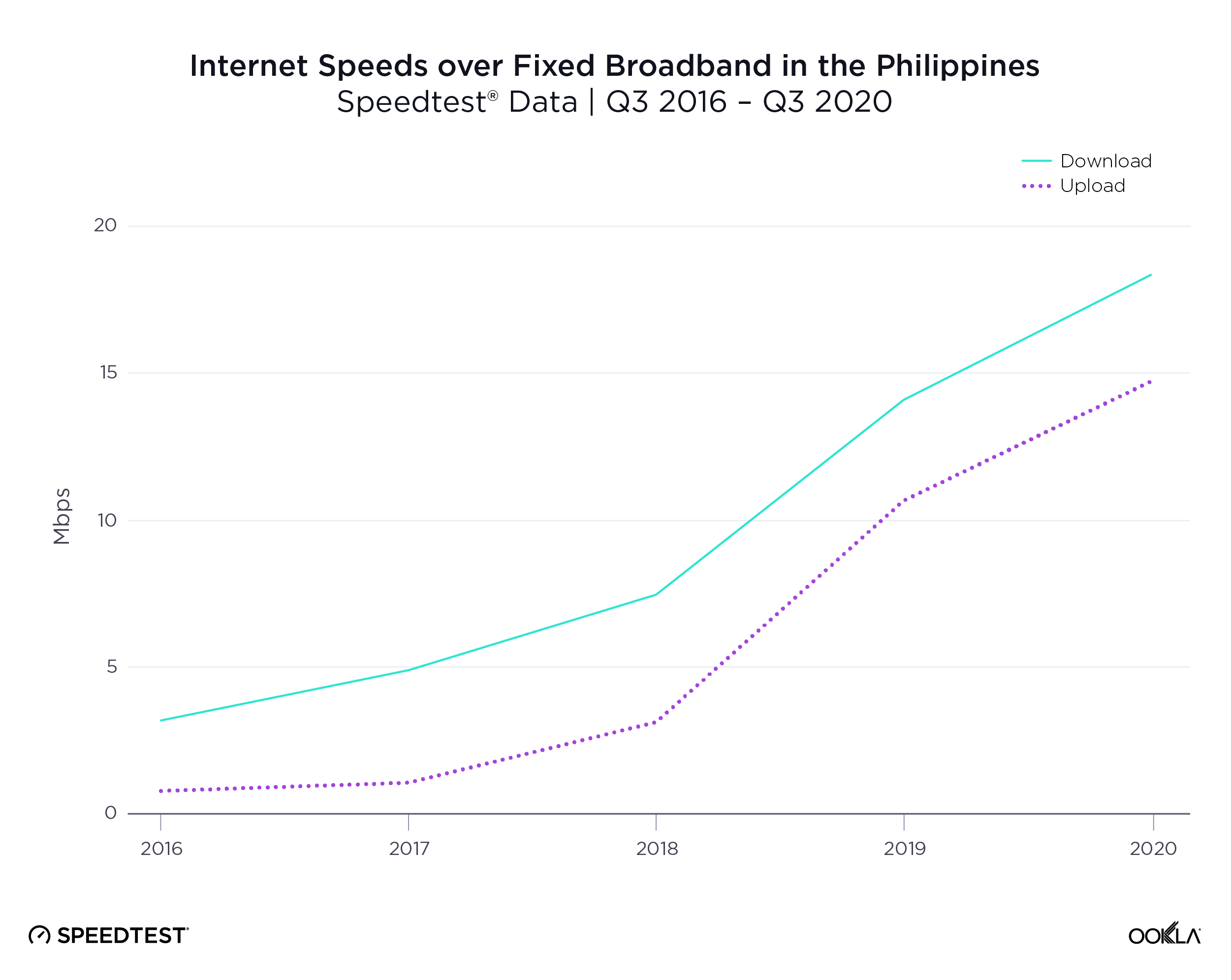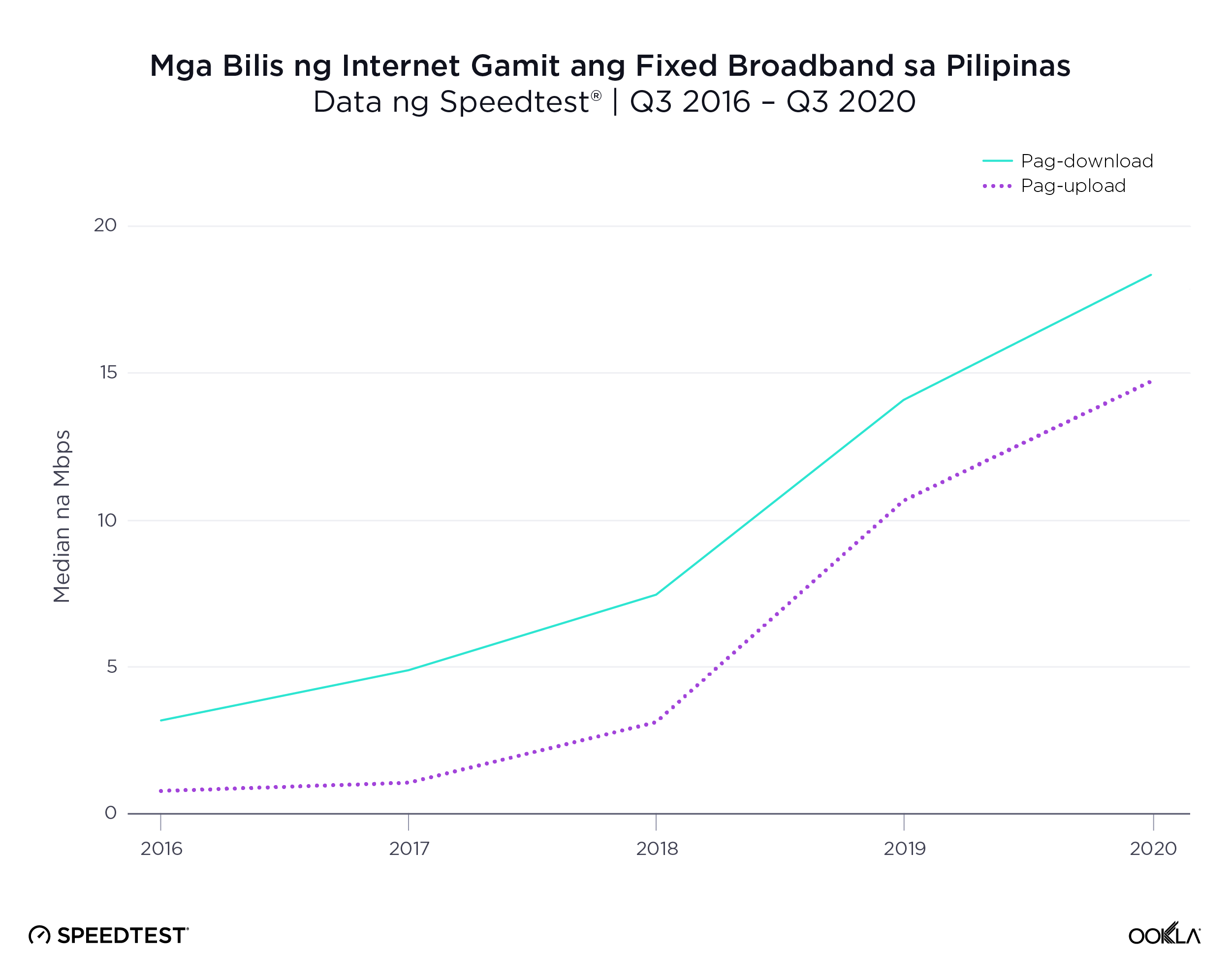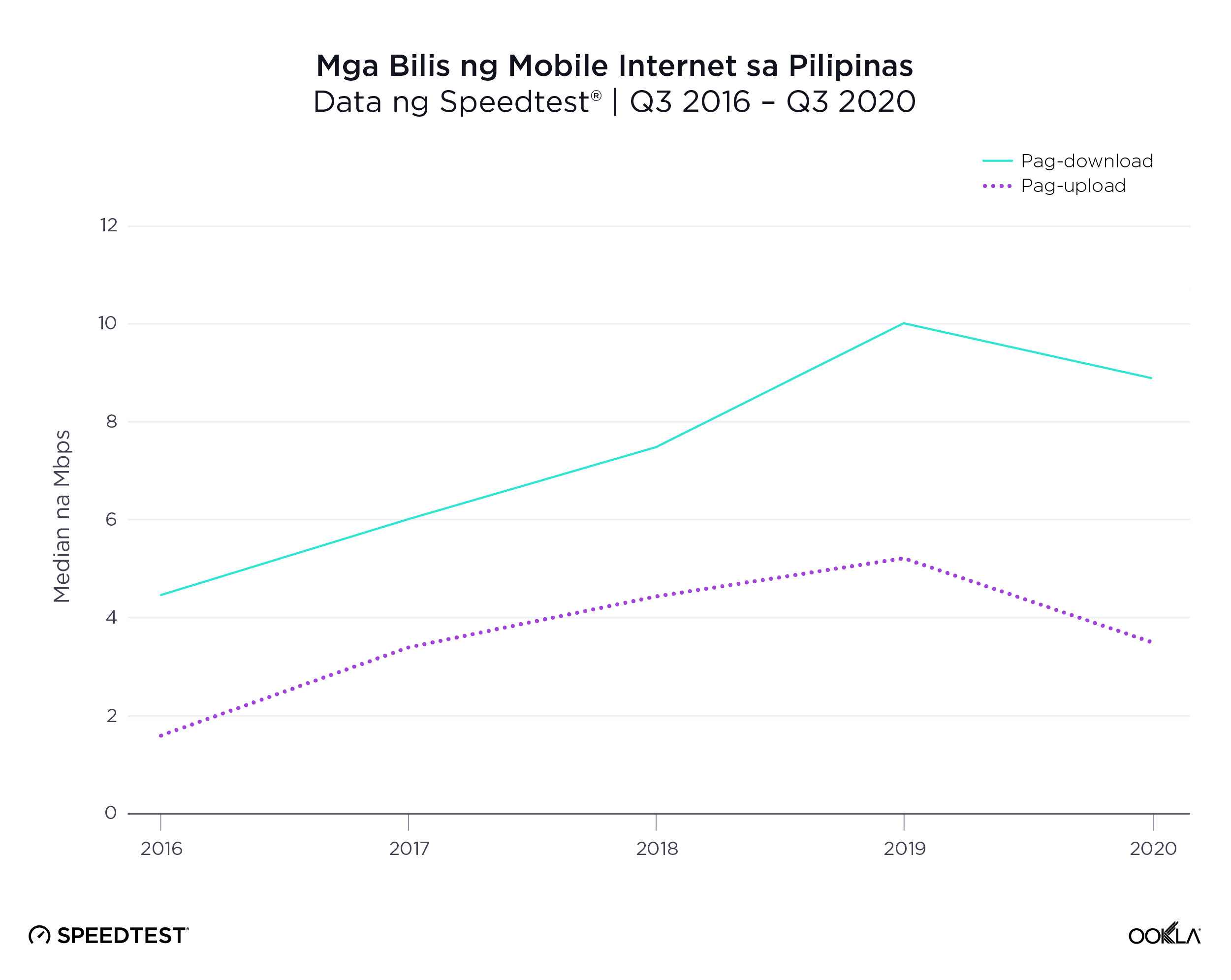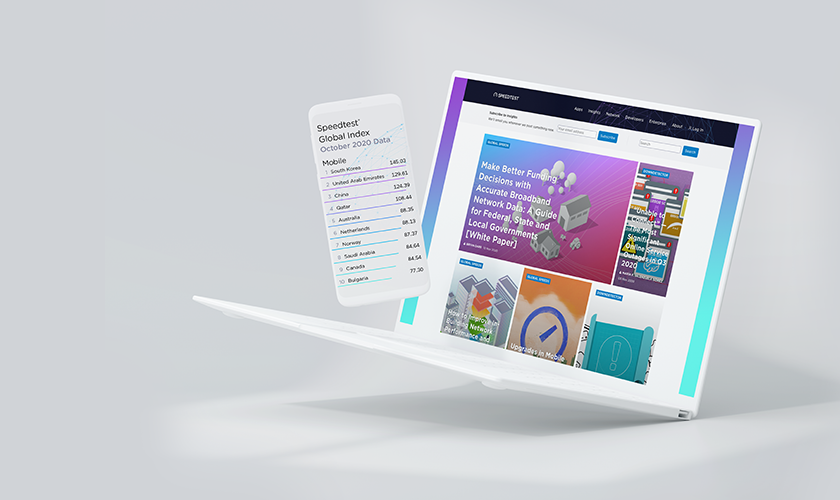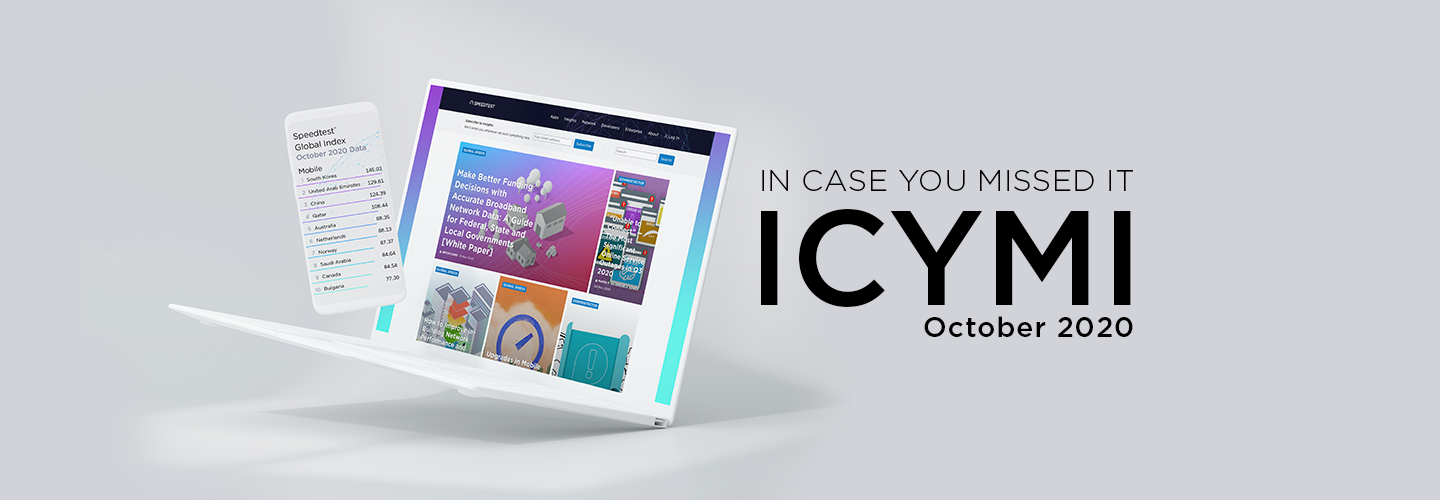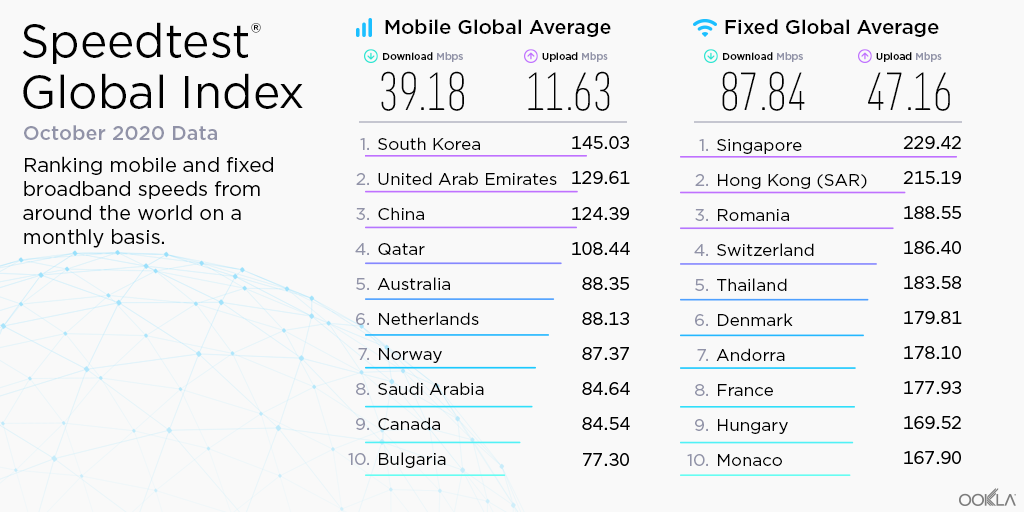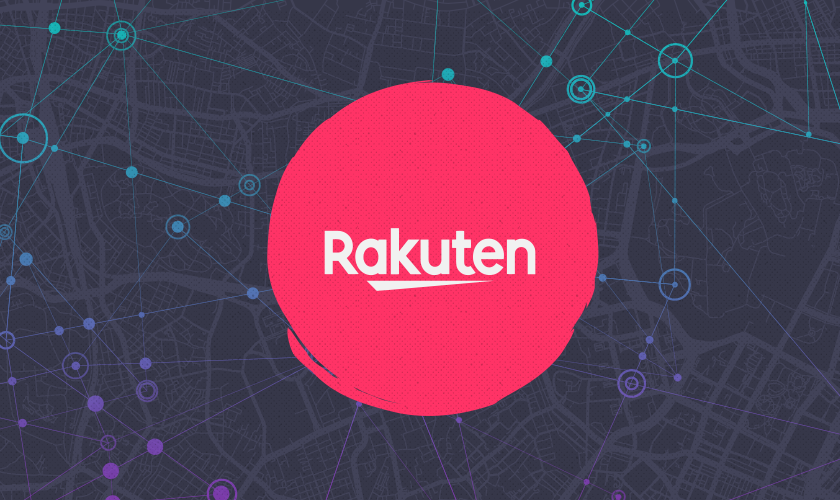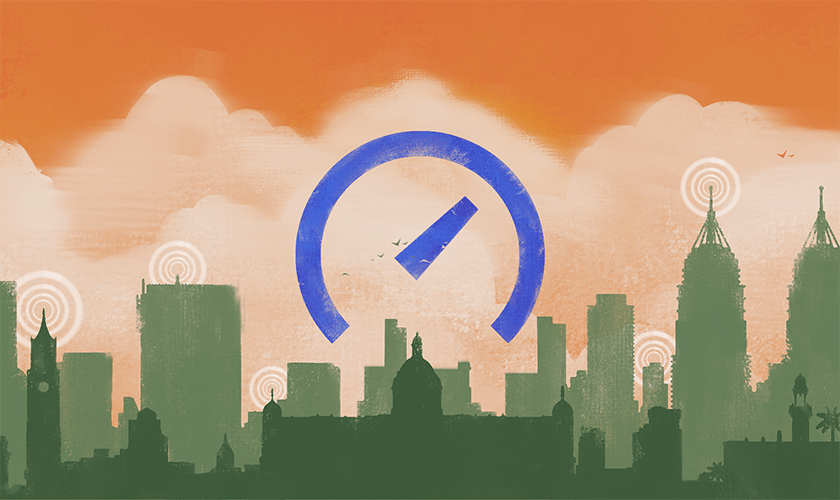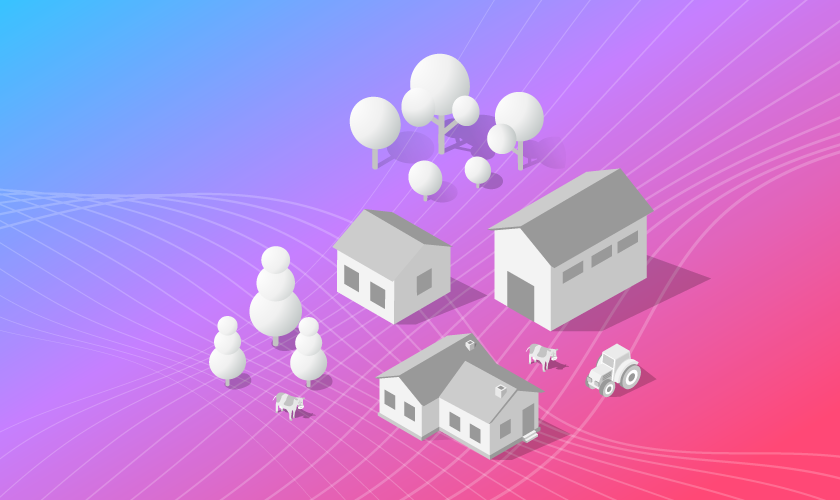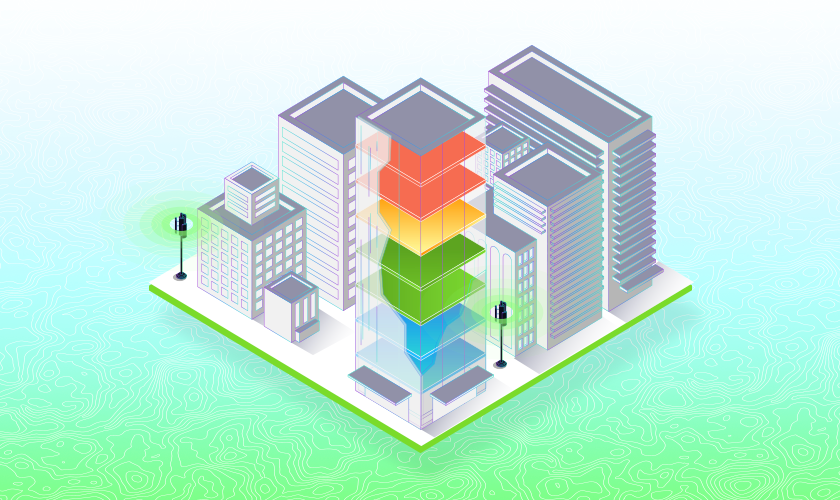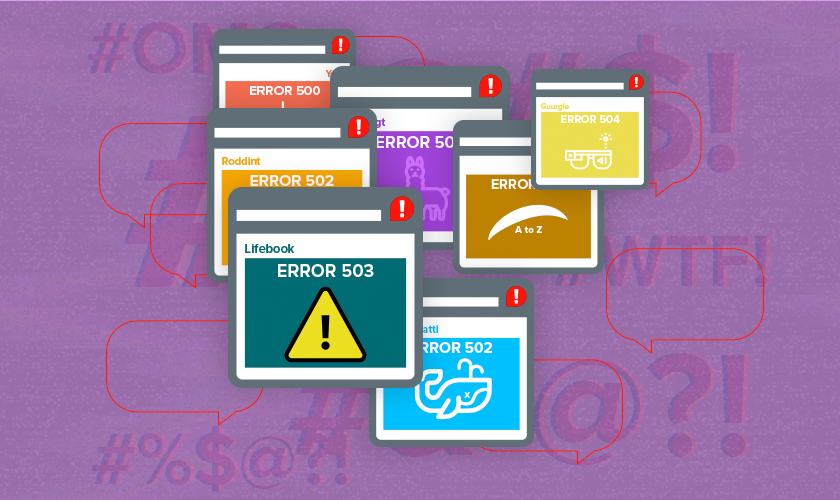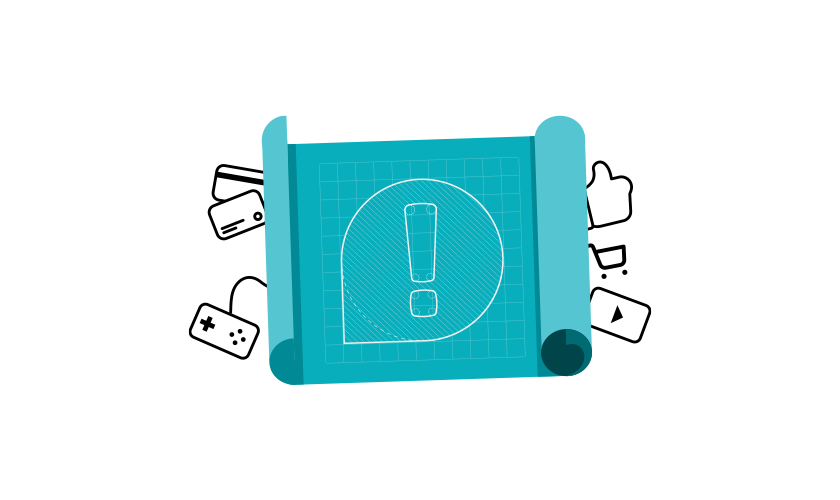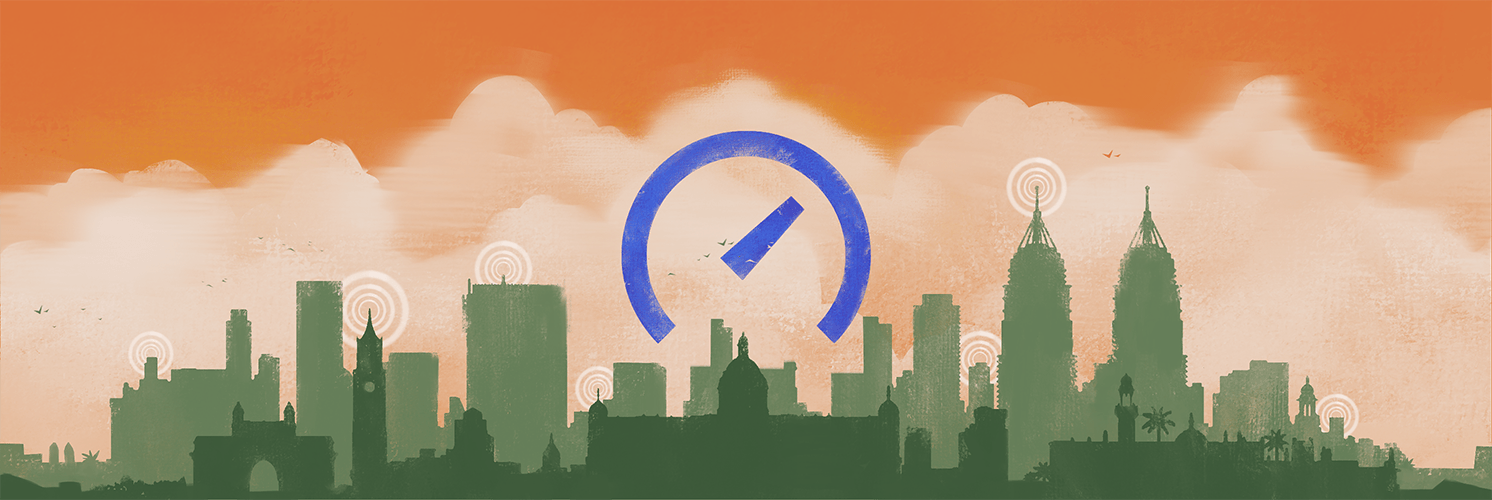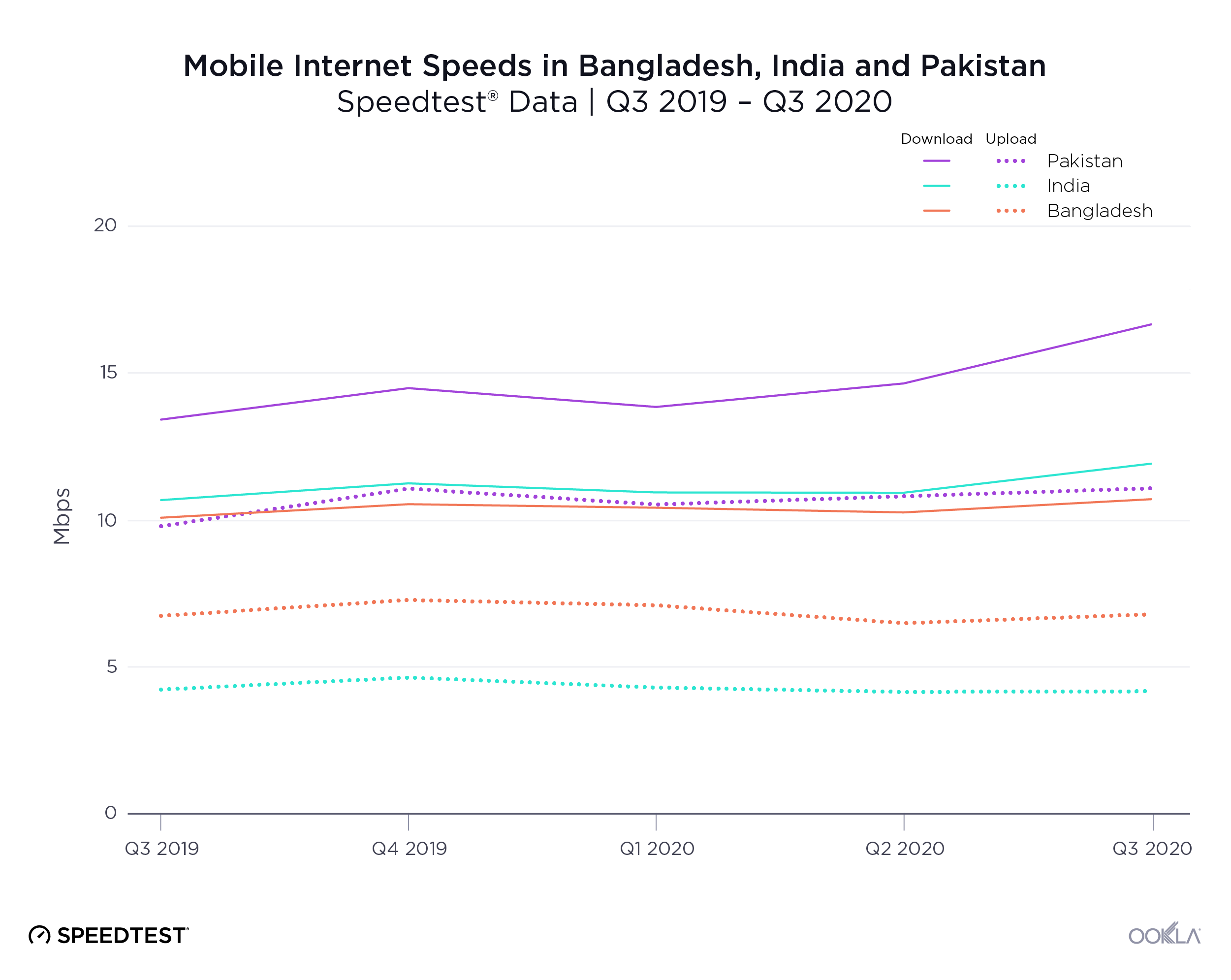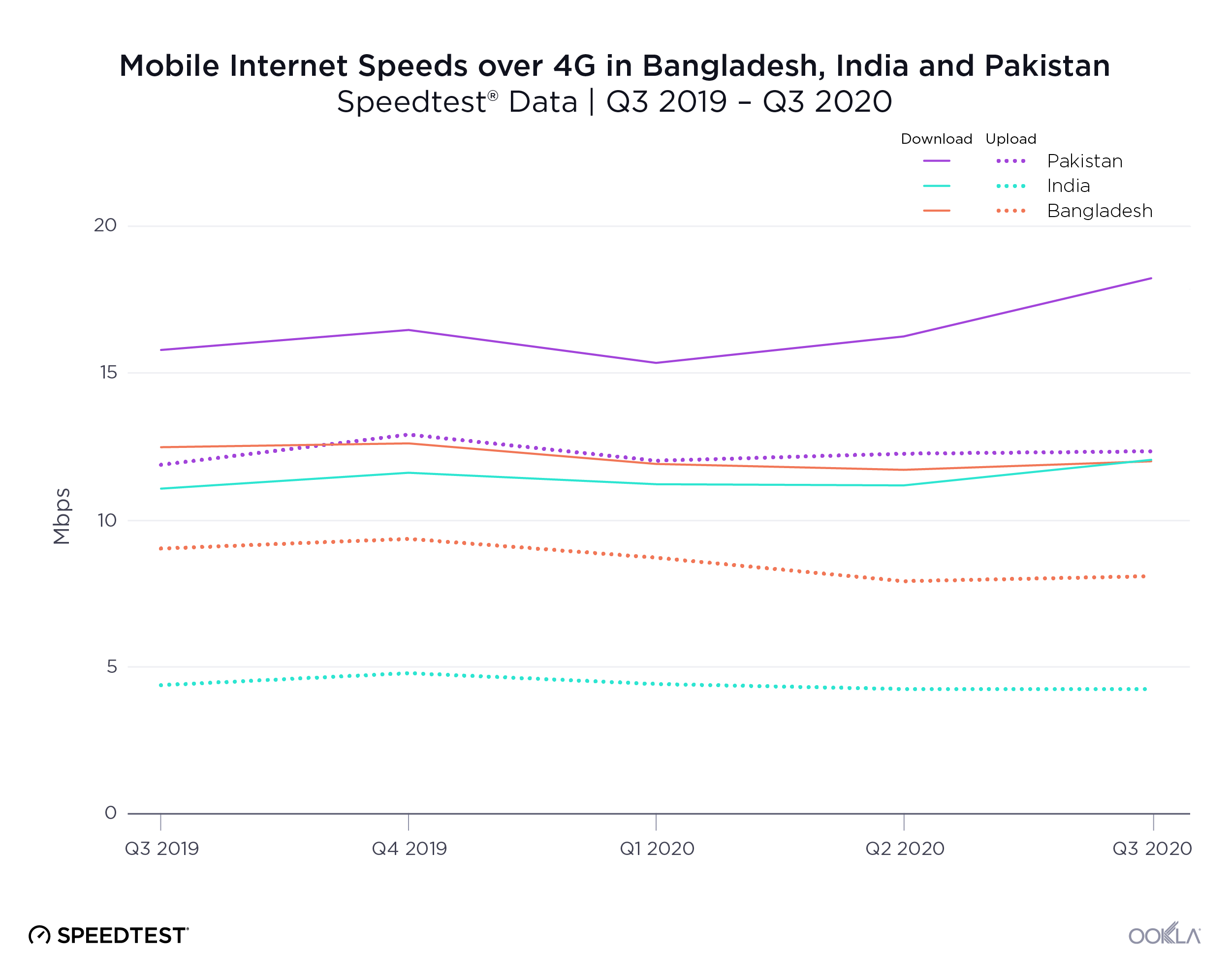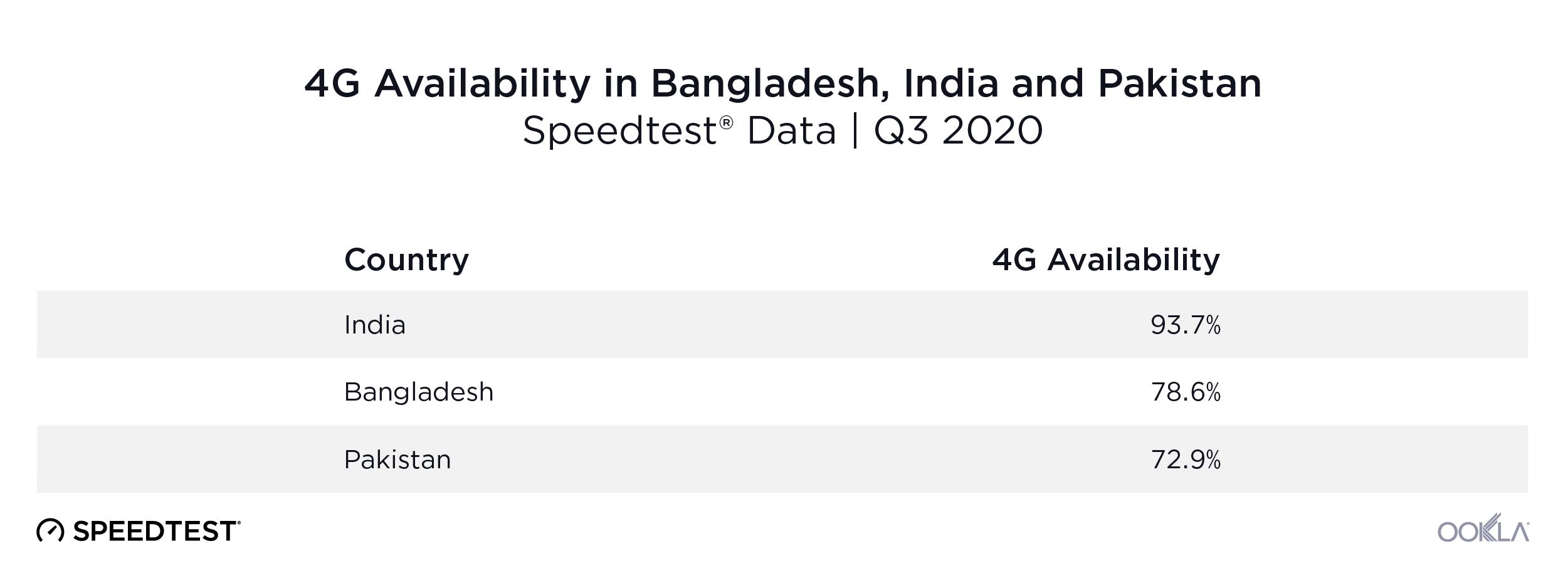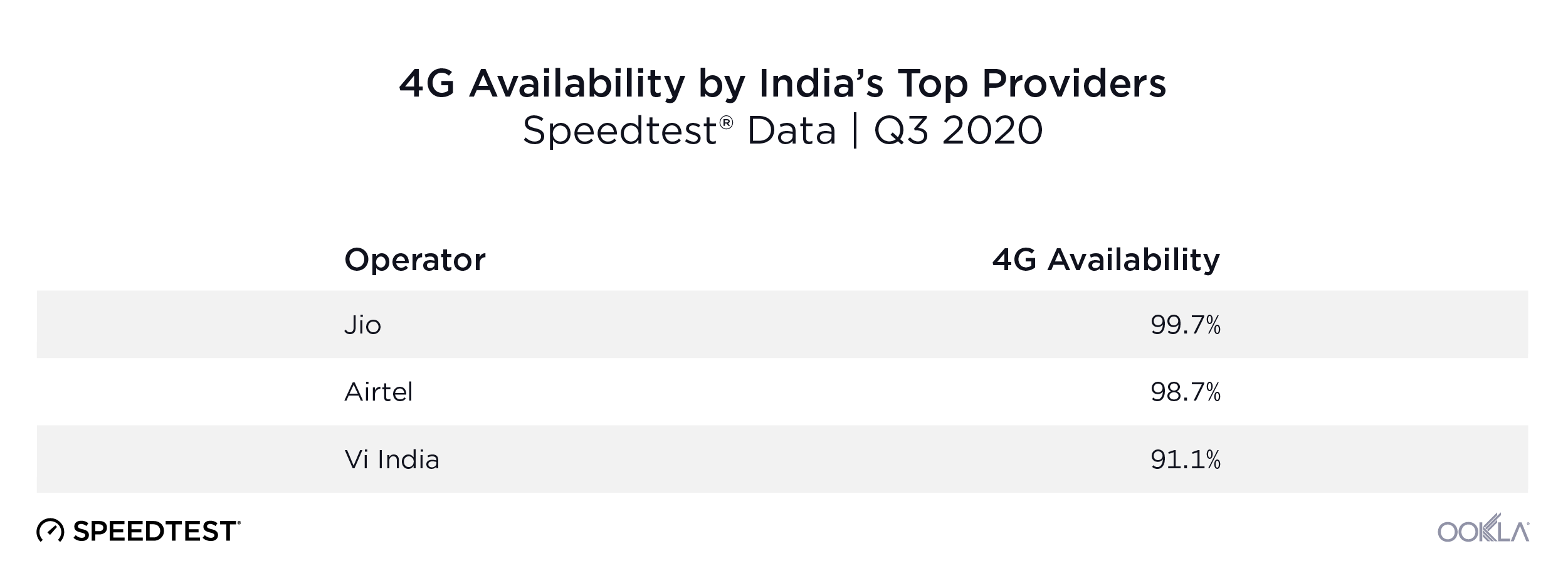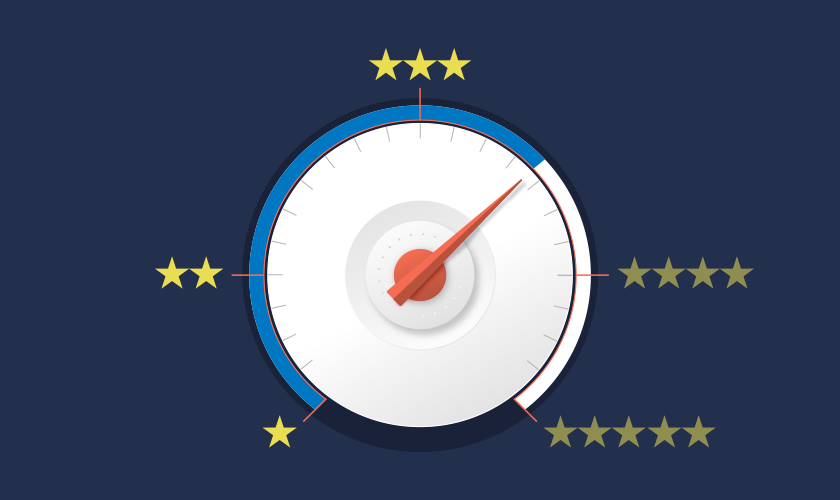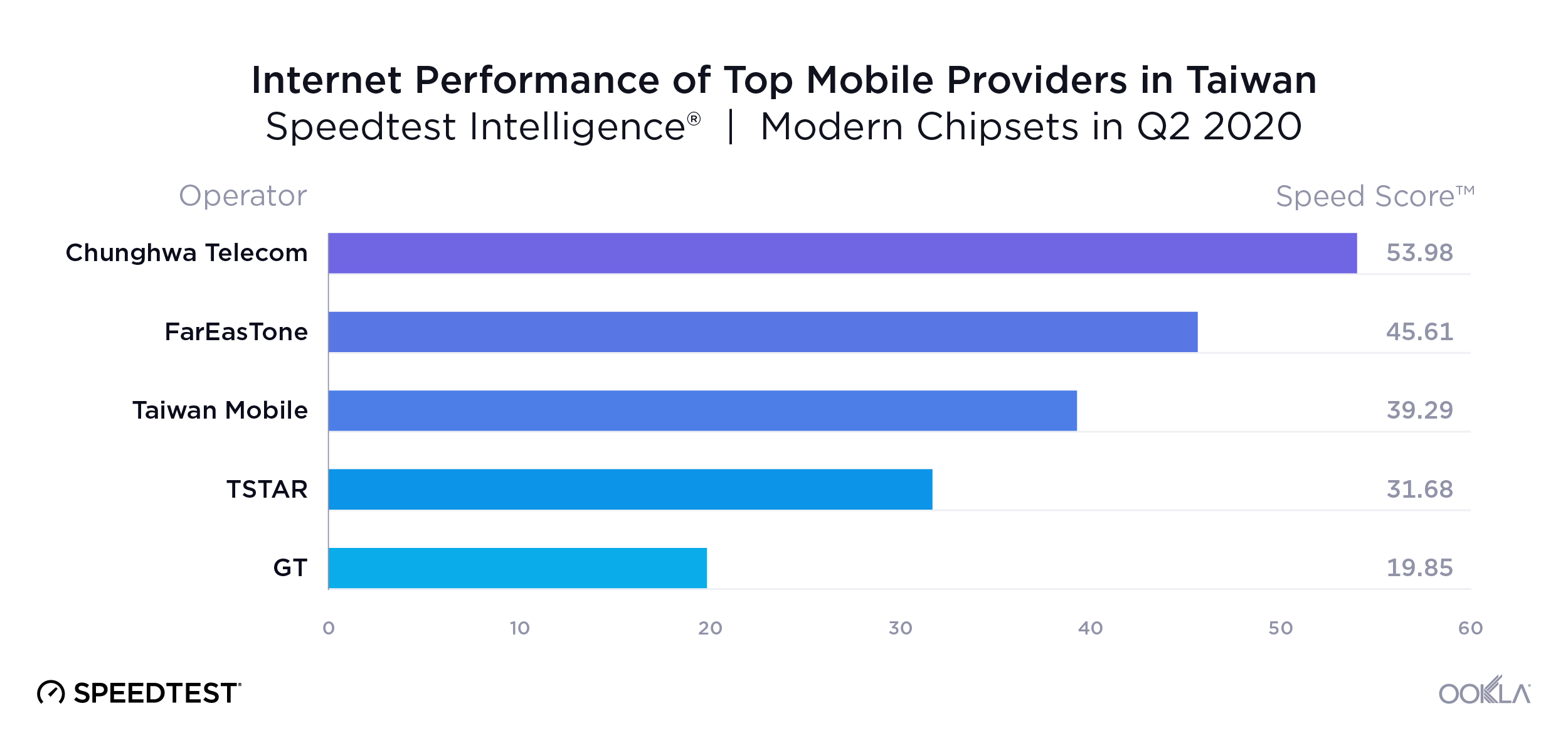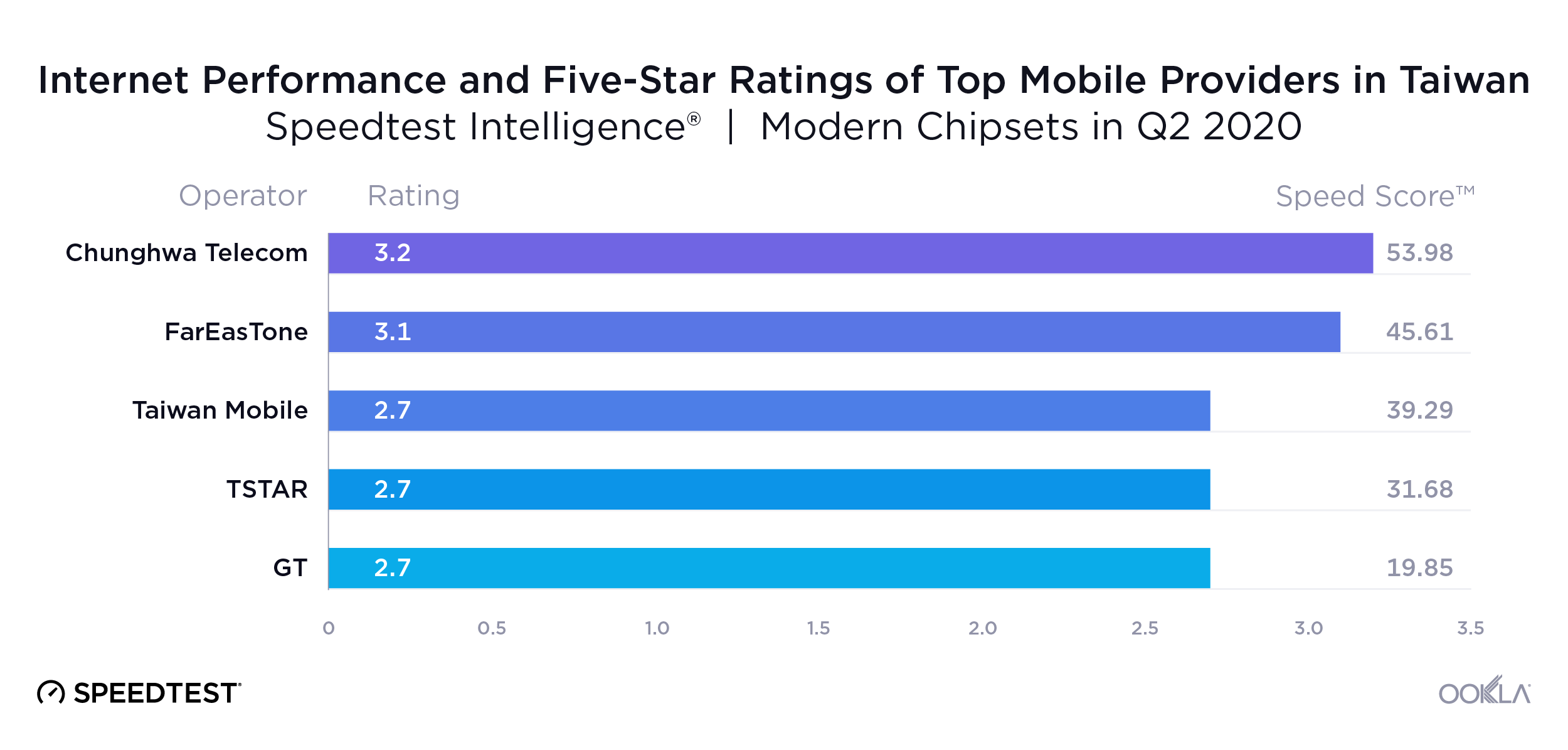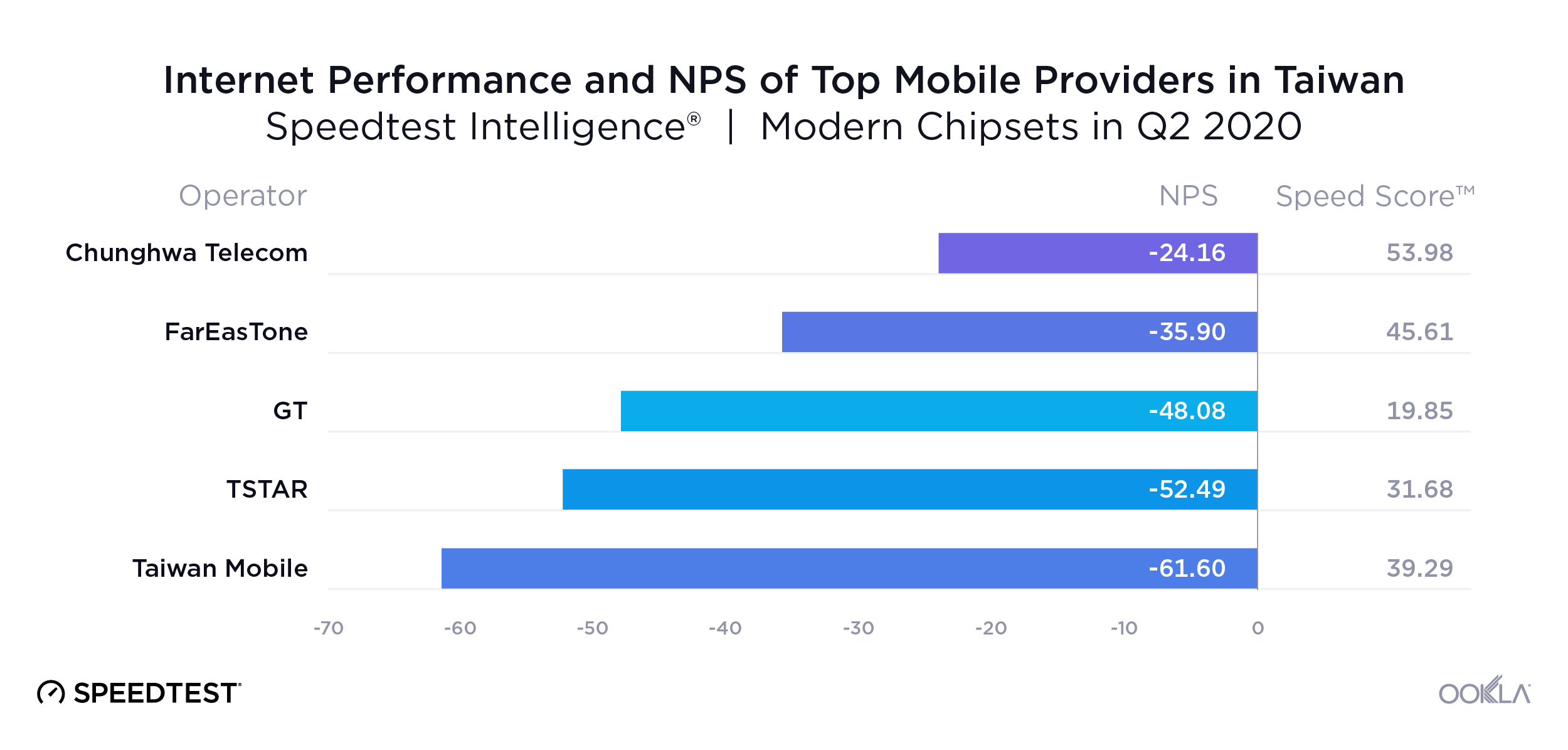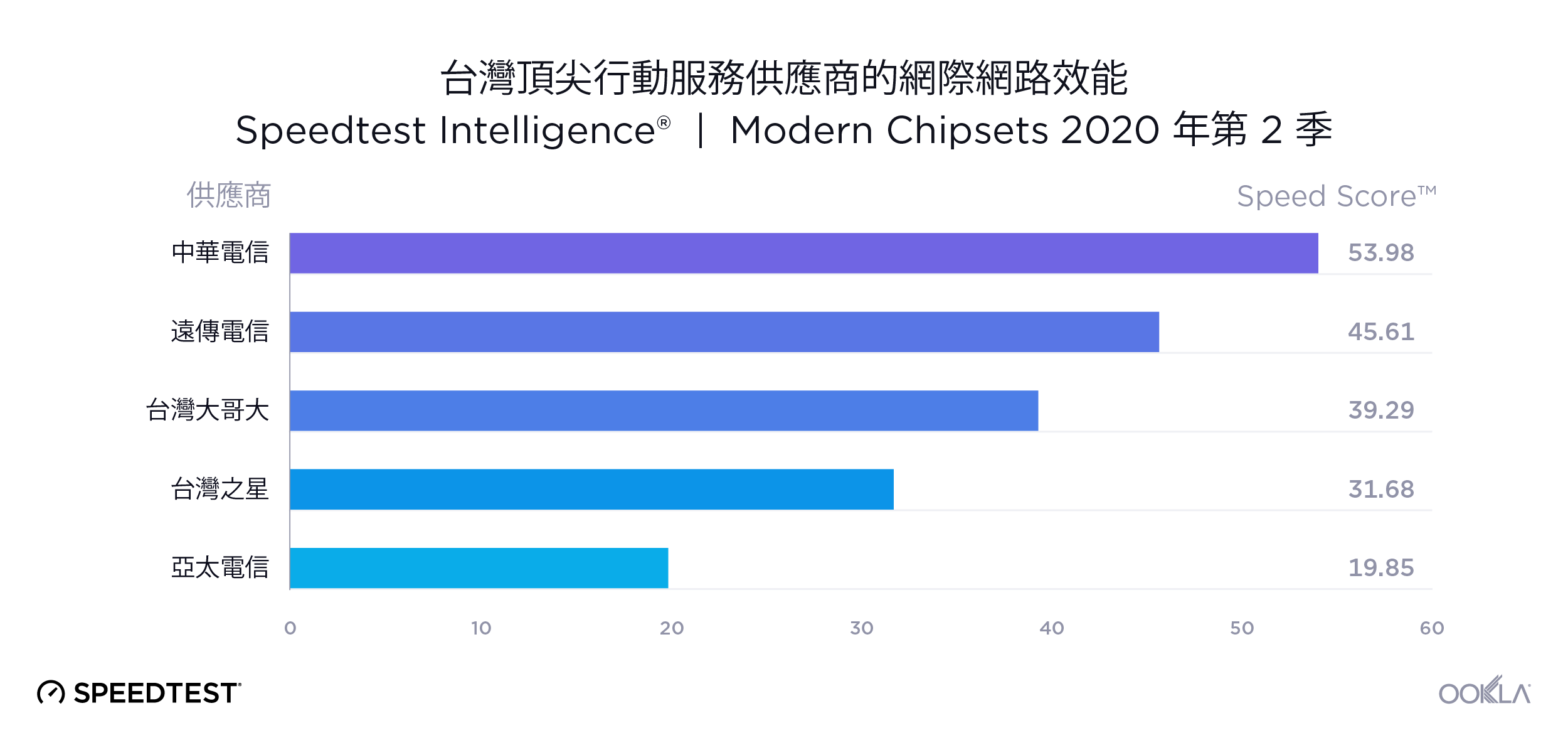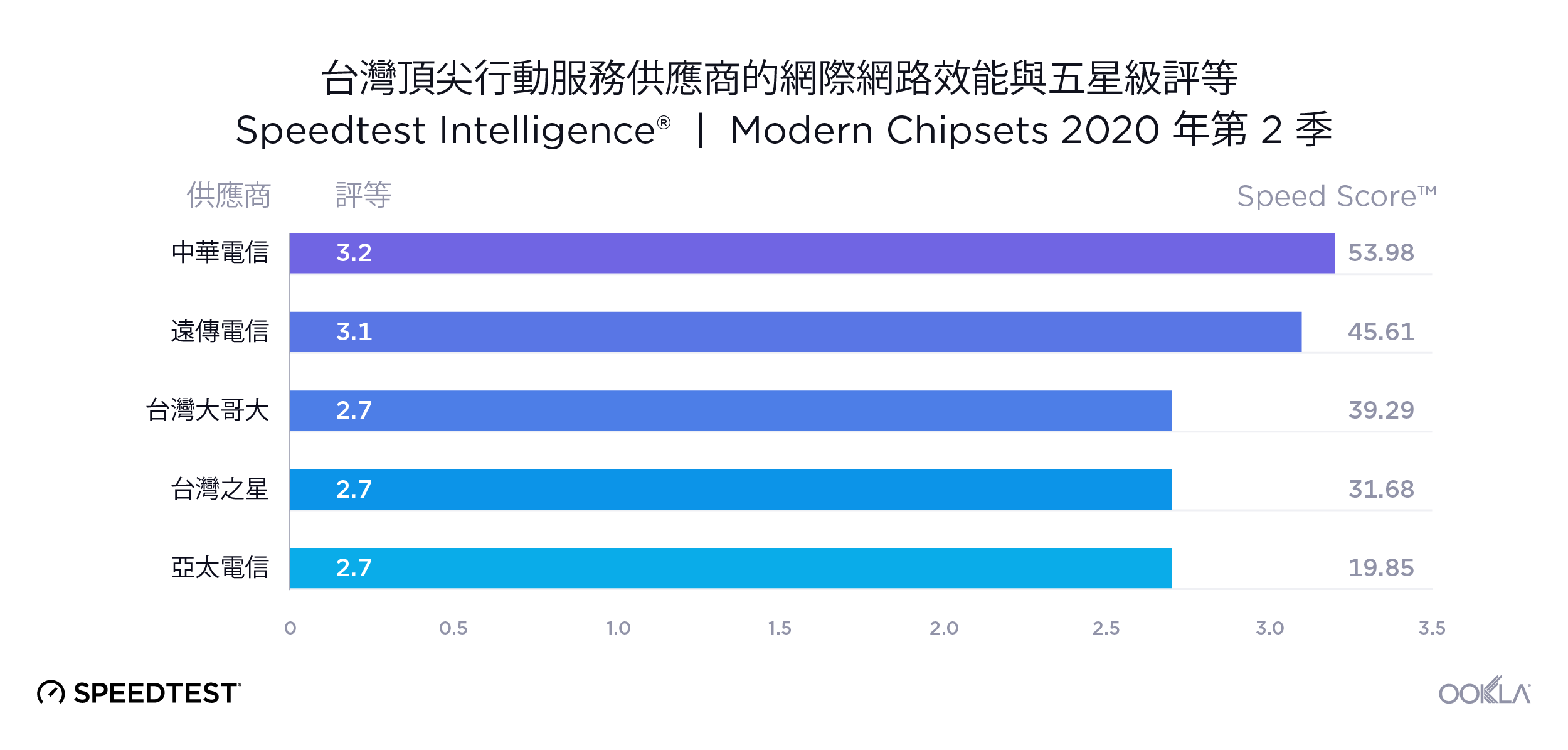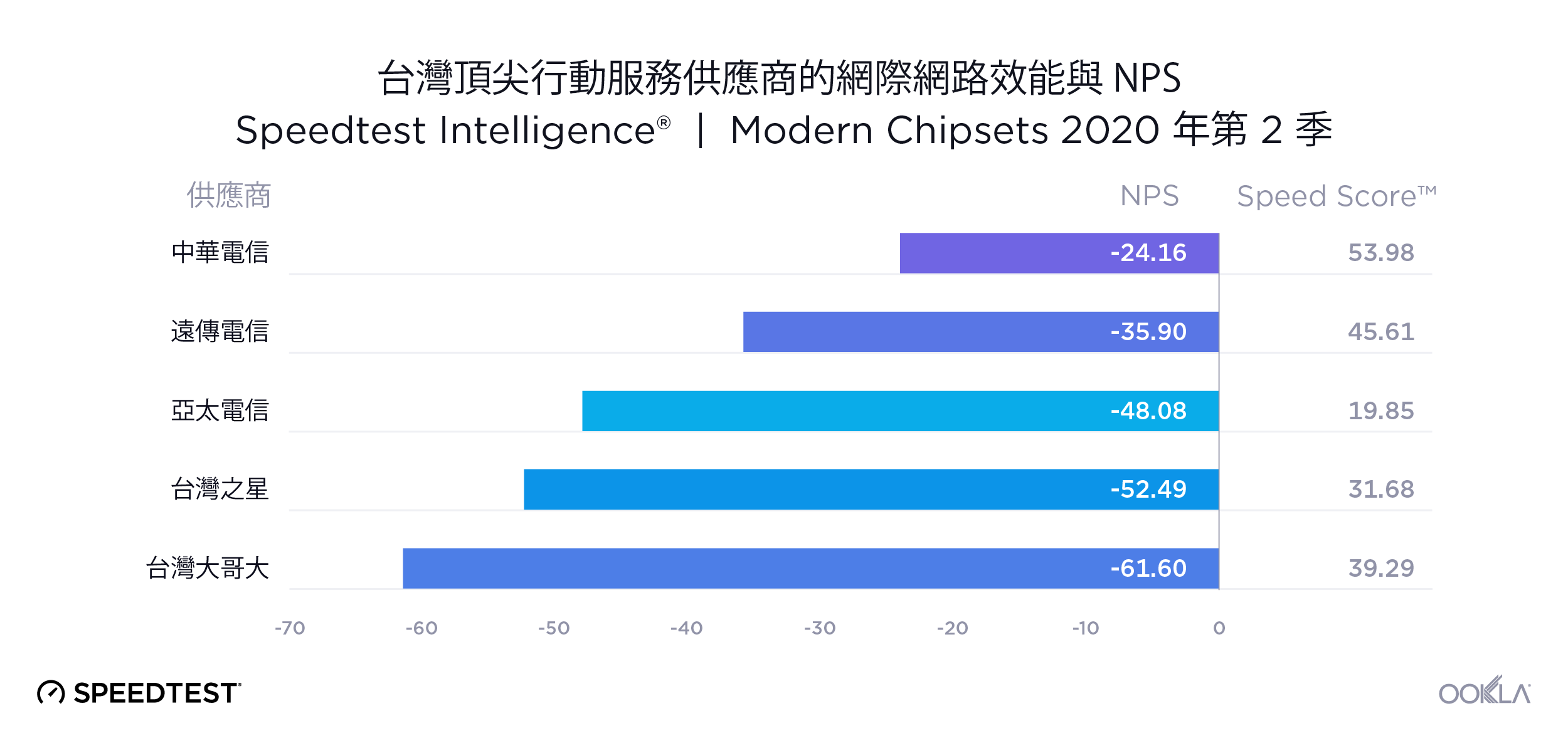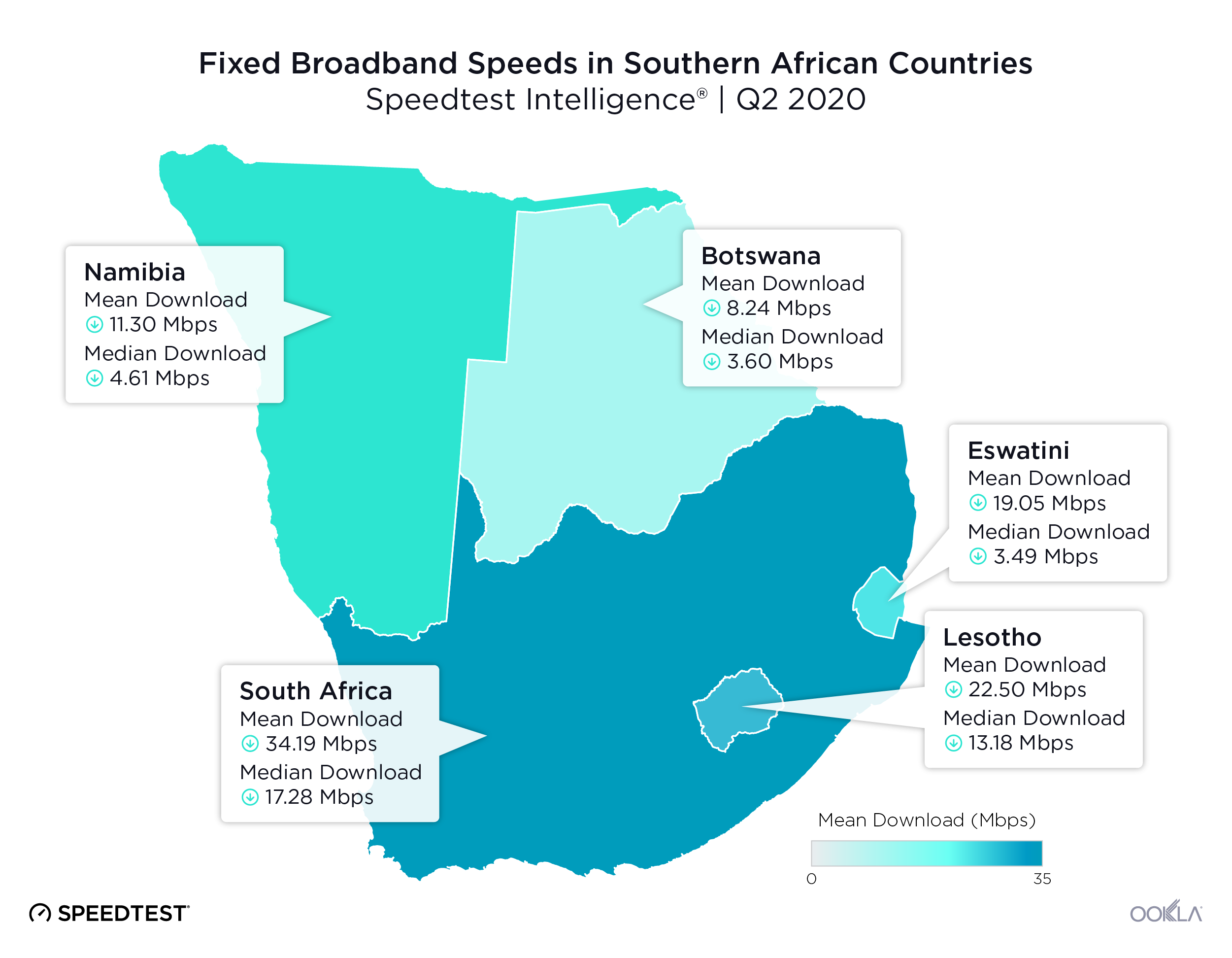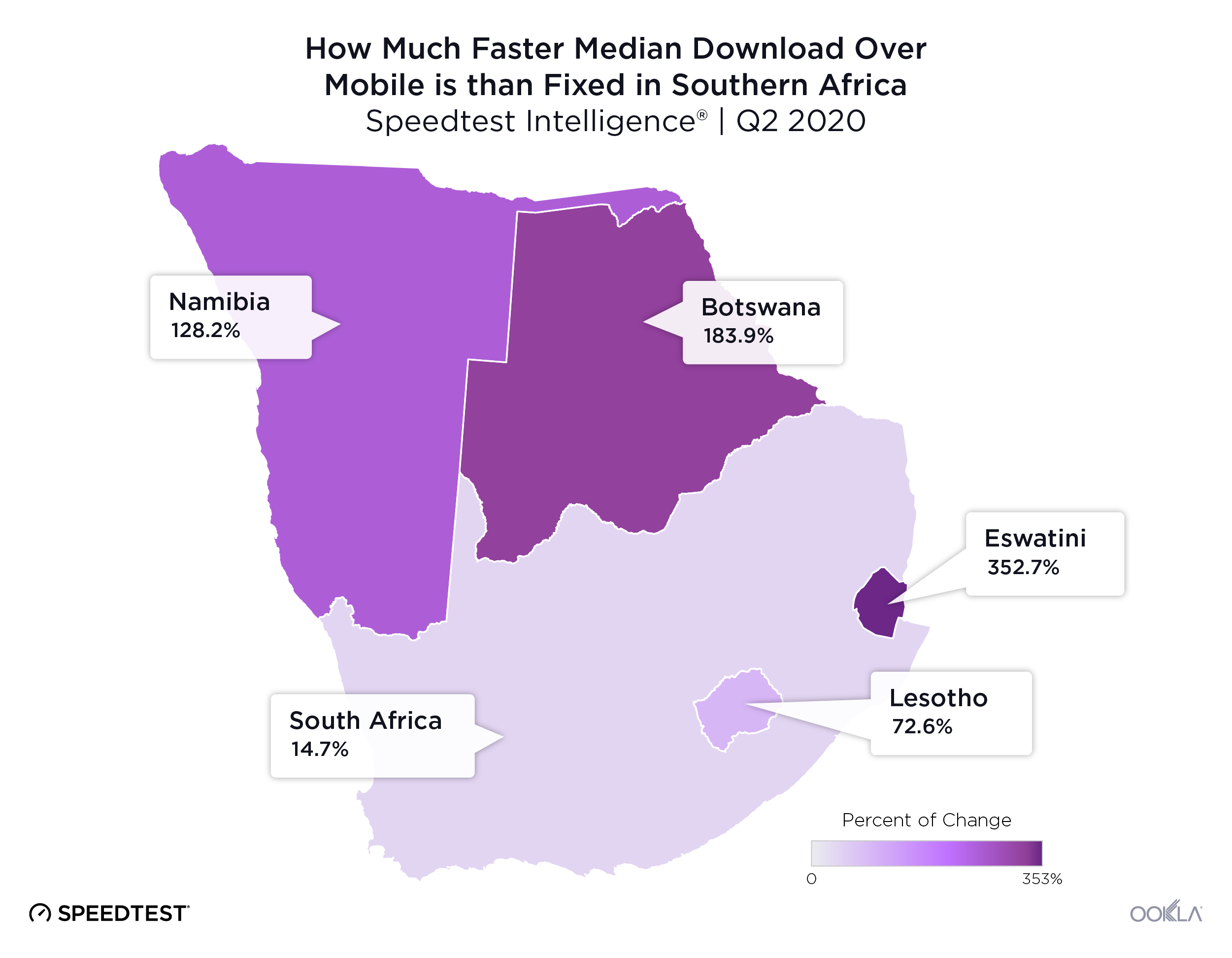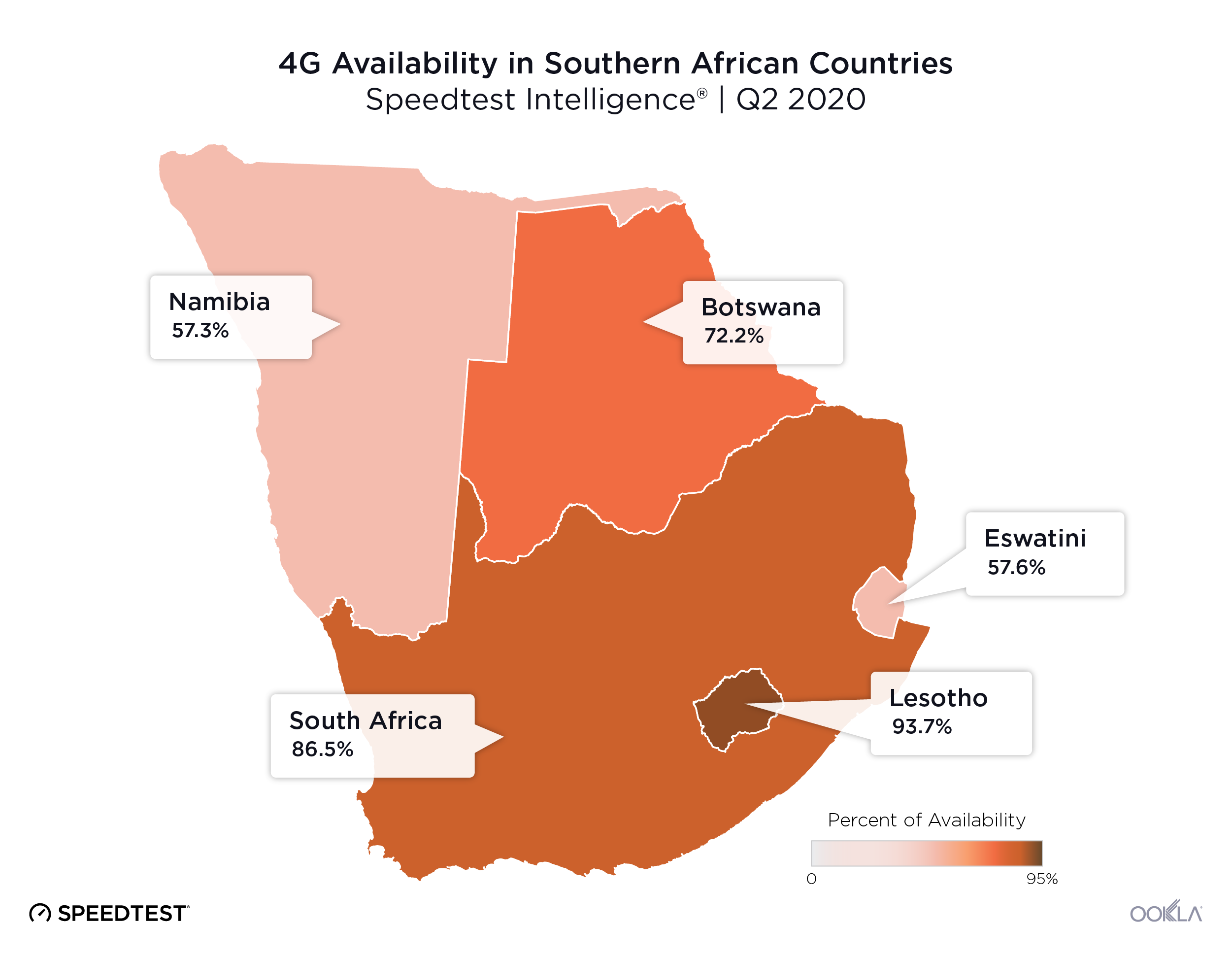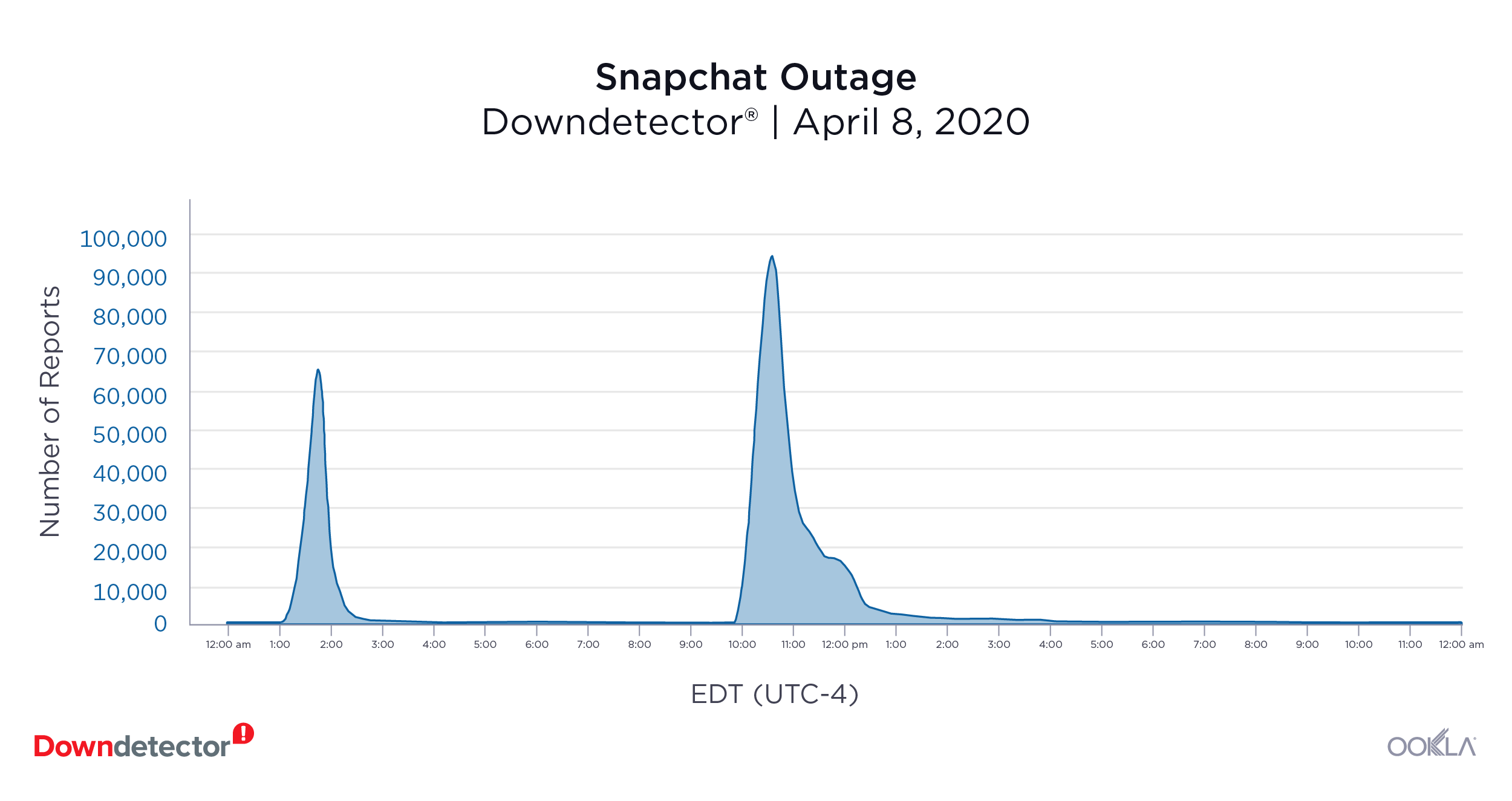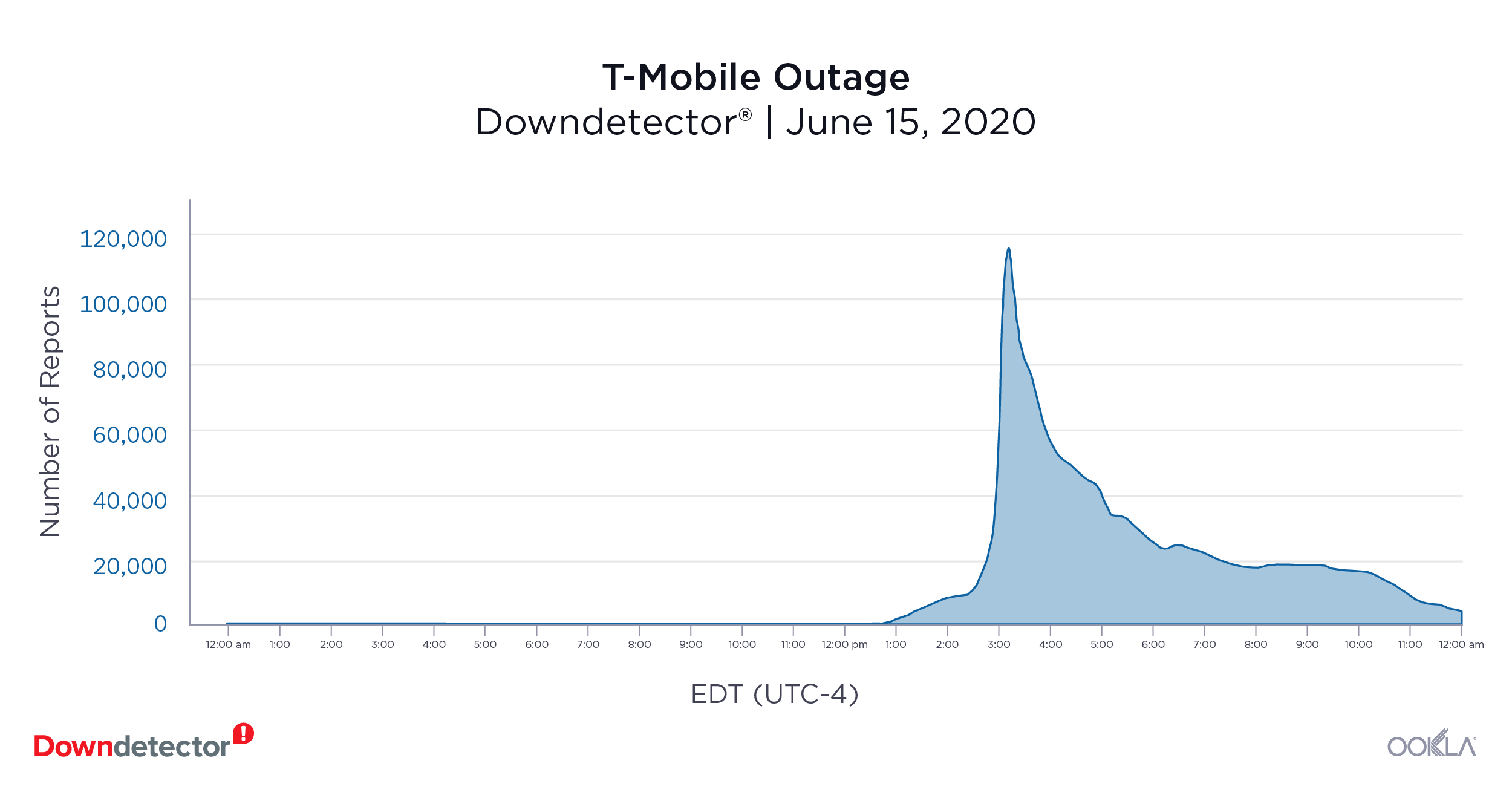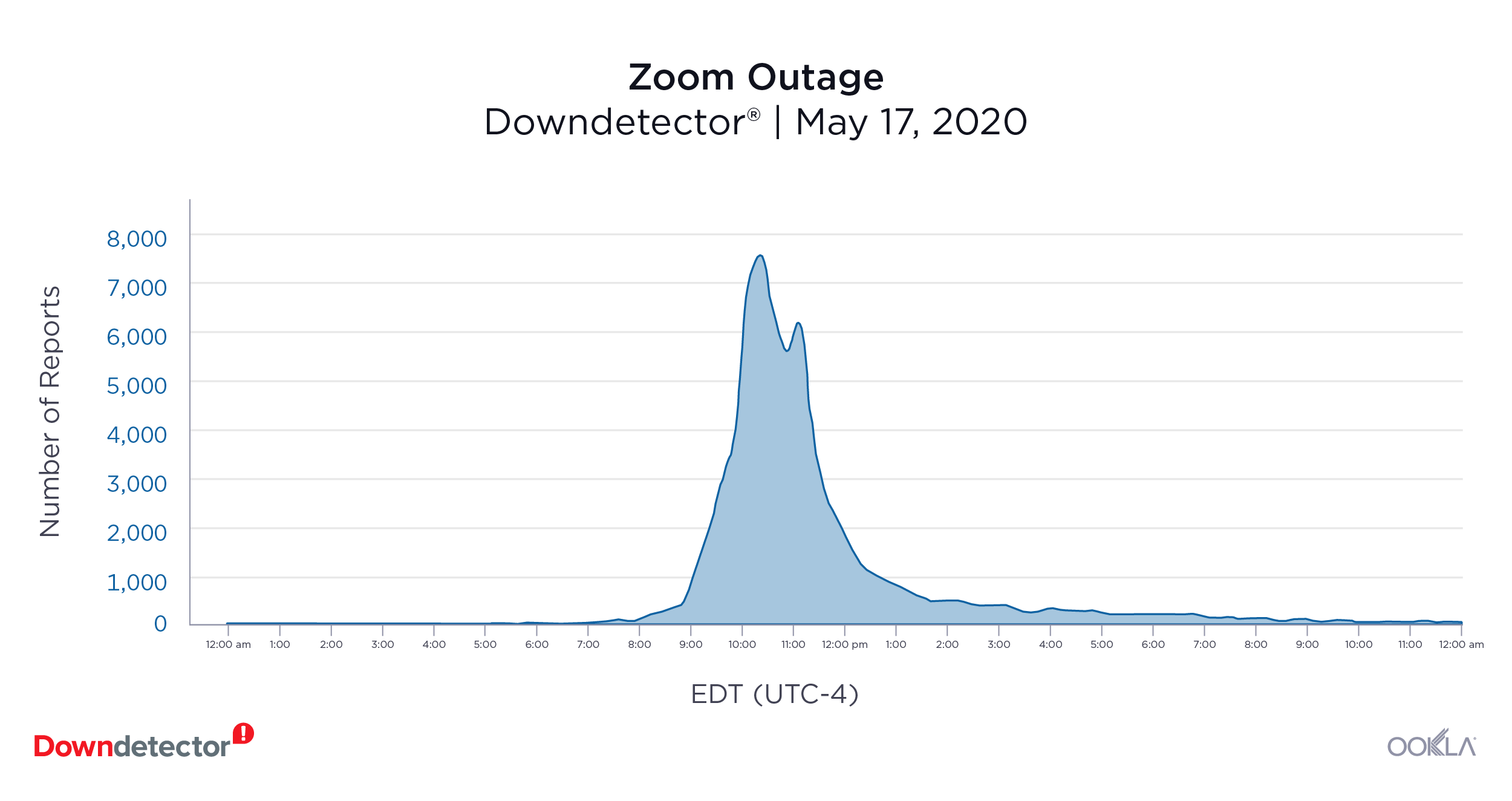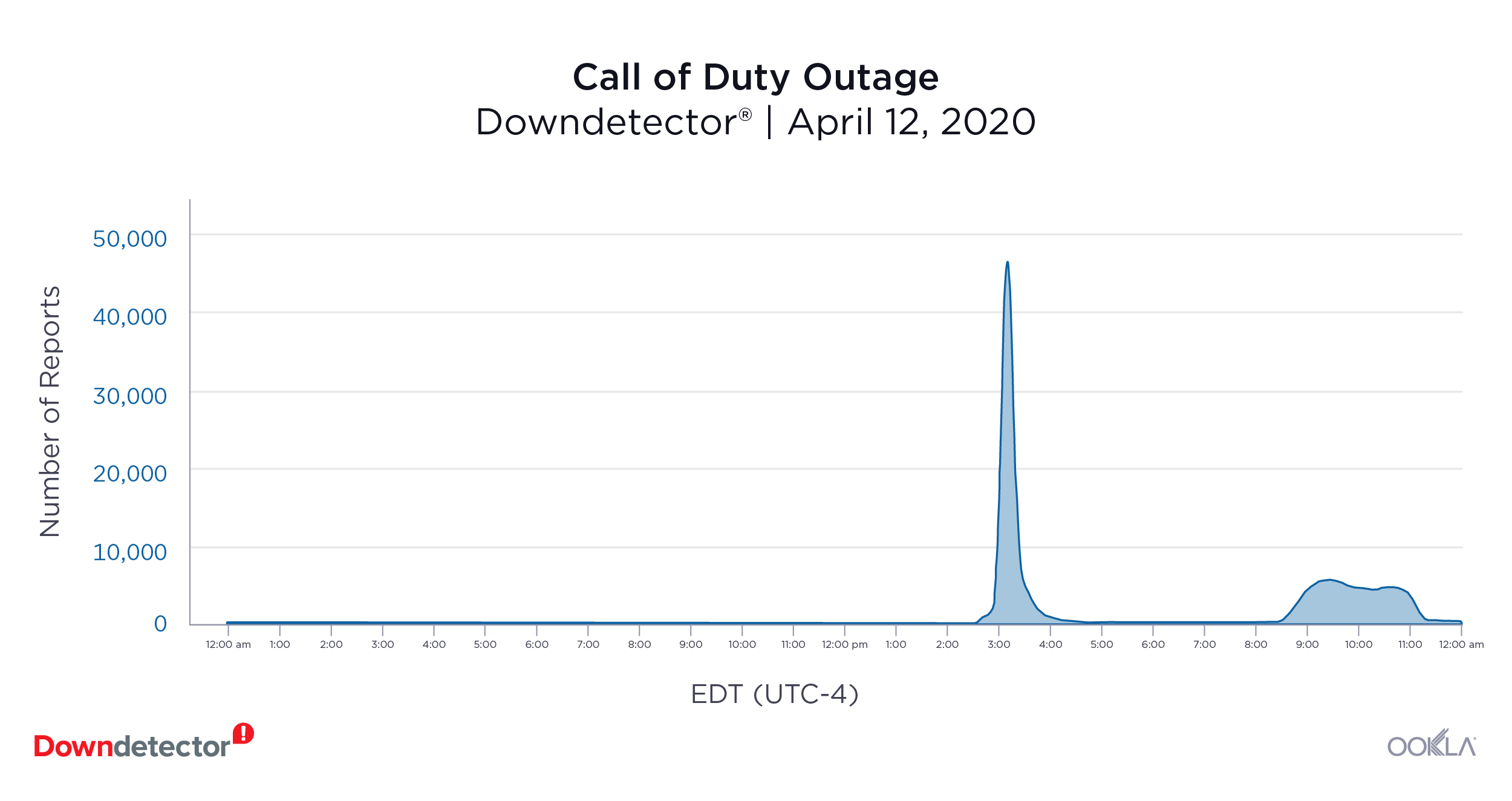

Español | Português
Online gaming is on the rise in Latin America and all over the world. This is creating a demand for lower-latency network connections so gamers can enjoy a seamless, lag-free gameplay experience. According to data from Speedtest Intelligence® during Q2 2020, latency varied greatly across both countries and cities in the five most robust economies in Latin America, providing some gamers with an unexpected advantage. Read on for details about latency on mobile and fixed broadband in Argentina, Brazil, Chile, Colombia and Mexico to see where users are likely to have the best gaming experience both nationwide and in each country’s most populous cities.
Latency, the reaction time of a connection, is a key metric in gaming. For the best gaming experience, users should look for a latency of 59 ms or less. The data below provides the mean latency for each location. Mobile latency is applicable for games played on mobile devices, while latency on fixed broadband measures latency while playing PC and console games.
Brazil had lowest latency on fixed broadband, Argentina on mobile

Gamers in Brazil enjoyed the lowest mean latency on fixed broadband during Q2 2020 at 19 ms. Brazil was followed by Chile, Mexico and Argentina. Colombia had the highest latency on fixed broadband during this period at 43 ms.
Recent investments in fiber all across the region resulted in improved latencies when comparing Q2 2019 and Q2 2020. Brazil showed the biggest improvement in fixed broadband latency compared to Q2 2019, decreasing from 23 ms in Q2 2019 to 19 ms in Q2 2020. Latency in Mexico also decreased, dropping from 34 ms in Q2 2019 to 31 ms in Q2 2020. The other three countries on our list experienced little to no change in latency on fixed broadband between Q2 2019 and Q2 2020.
There was less variation between countries in mobile latency during Q2 2020. Argentina had the best latency on mobile at 40 ms, followed closely by Chile at 41 ms. Colombia had the highest mobile latency during this period at 47 ms.
Mexico experienced the largest improvement in their mobile latency when comparing Q2 2019 to Q2 2020. Mobile latency improved from 57 ms in Q2 2019 to 44 ms in Q2 2020. The other countries on our list saw smaller improvements in their mobile latency during this period. In Chile, mobile latency actually increased year over year, from 38 ms in Q2 2019 to 41 ms in Q2 2020.
Deployments of 5G in the region have recently begun, including the launch of 5G DSS technology in Brazil. Though the technology is still fairly new to Latin America, it has the potential to radically improve latency over what 4G-capable devices currently offer.
Internet speeds increased during the pandemic
Having a fast internet connection is also important to gamers. We’ve been using data from Speedtest Intelligence to track internet performance at a global level during the pandemic. While some countries experienced a dip in speeds in March, on the whole, internet speeds on fixed broadband have increased in Argentina, Brazil, Chile, Colombia and Mexico since the baseline week of March 2, 2020. Except for Chile, these countries have also experienced an increase in mobile speeds, ranging from a 2% increase in Colombia to a 19% increase in Mexico.
São Paulo had lowest fixed broadband latency, tied with Buenos Aires on mobile
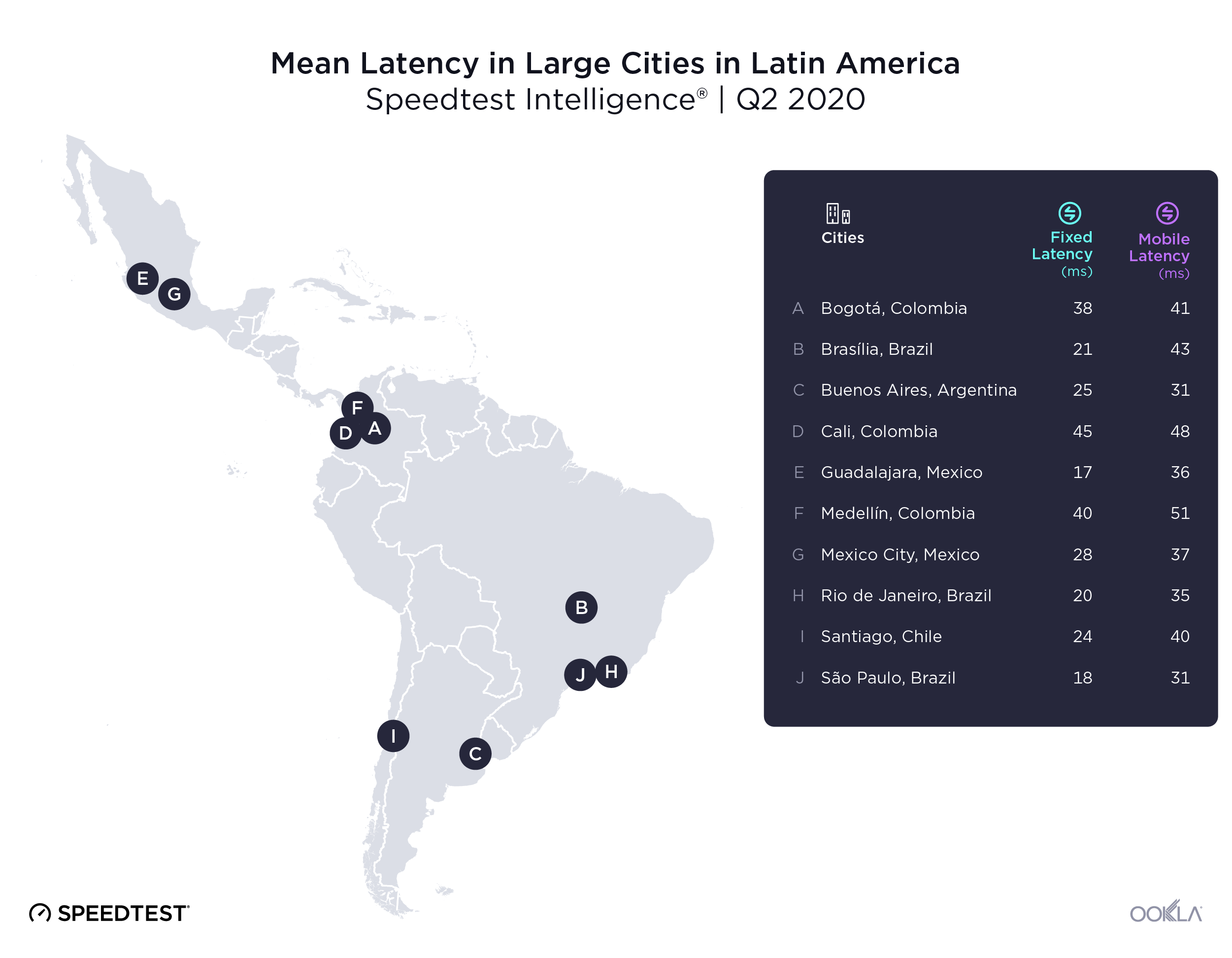
Fixed broadband latency in some of Latin America’s largest cities ranged from Guadalajara’s 17 ms to 45 ms in Cali. Guadalajara, São Paulo and Rio de Janeiro had the lowest fixed broadband latencies on our list during Q2 2020 at 17 ms, 18 ms and 20 ms, respectively. The Colombian cities of Bogotá, Medellín and Cali showed the highest latencies over fixed broadband on our list at 38 ms, 40 ms and 45 ms, respectively. All cities on this list still showed fixed broadband latencies below 59 ms, the recommended measurement for a smooth gaming experience.
When comparing year-over-year results from Q2 2019, we saw increases in fixed broadband latency in almost all cities in Q2 2020. Cali was the only city on the list where latency improved, down from 49 in Q2 2019 to 45 ms in Q2 2020.
São Paulo and Buenos Aires tied for the lowest mobile latency on our list during Q2 2020 at 31 ms. Rio de Janeiro followed at 35 ms, respectively. Brasília, Cali and Medellín took the last three places on the list with mobile latencies of 43 ms, 48 ms and 51 ms, respectively.
Mexico City’s and São Paolo’s mobile latencies improved significantly in Q2 2020 compared to Q2 2019. Mexico City’s mobile latency decreased from 53 ms to 37 ms during the same period. In São Paolo, mobile latency decreased from 40 ms in Q2 2019 to 31 ms in Q2 2020. Only one city on our list did not show an improvement in mobile latency when comparing Q2 2019 to Q2 2020 — Santiago, where mobile latency increased from 36 ms to 40 ms during this period.
Devoted gamers in Latin America will be glad to hear that Internet speeds and mobile latency are improving in many parts of Latin America. We look forward to seeing if fixed broadband latency makes it to the next level in the near future. If you’re interested in learning more about internet performance in other parts of the world, visit Ookla ResearchTM.
Exploramos la experiencia de juegos en línea en América Latina
Los juegos en línea están en aumento en América Latina y en todo el mundo. Esto crea una demanda de conexiones de red con latencia más baja para que los jugadores puedan disfrutar una experiencia de juego sin demoras ni problemas. Según los datos de Speedtest Intelligence® durante el segundo trimestre de 2020, la latencia varió mucho entre ambos países y ciudades en las cinco economías más sólidas de América Latina, lo que les da a algunos jugadores una ventaja inesperada. Lea los detalles sobre la latencia en banda ancha móvil y fija en Argentina, Brasil, Chile, Colombia y México para ver qué usuarios es probable que tengan la mejor experiencia de juego en toda la nación y en las ciudades más pobladas del país.
La latencia, el tiempo de reacción de una conexión, es una métrica clave en el juego en línea. Para lograr la mejor experiencia de juego en línea, los usuarios deben buscar una latencia de 59 ms o menos. Los datos siguientes indican la latencia media para cada ubicación. La latencia móvil se aplica a los juegos que se juegan en dispositivos móviles, mientras que la latencia de banda ancha fija se mide cuando se juega en consolas y computadoras.
Brasil tiene la latencia más baja en banda ancha fija y Argentina, en móvil
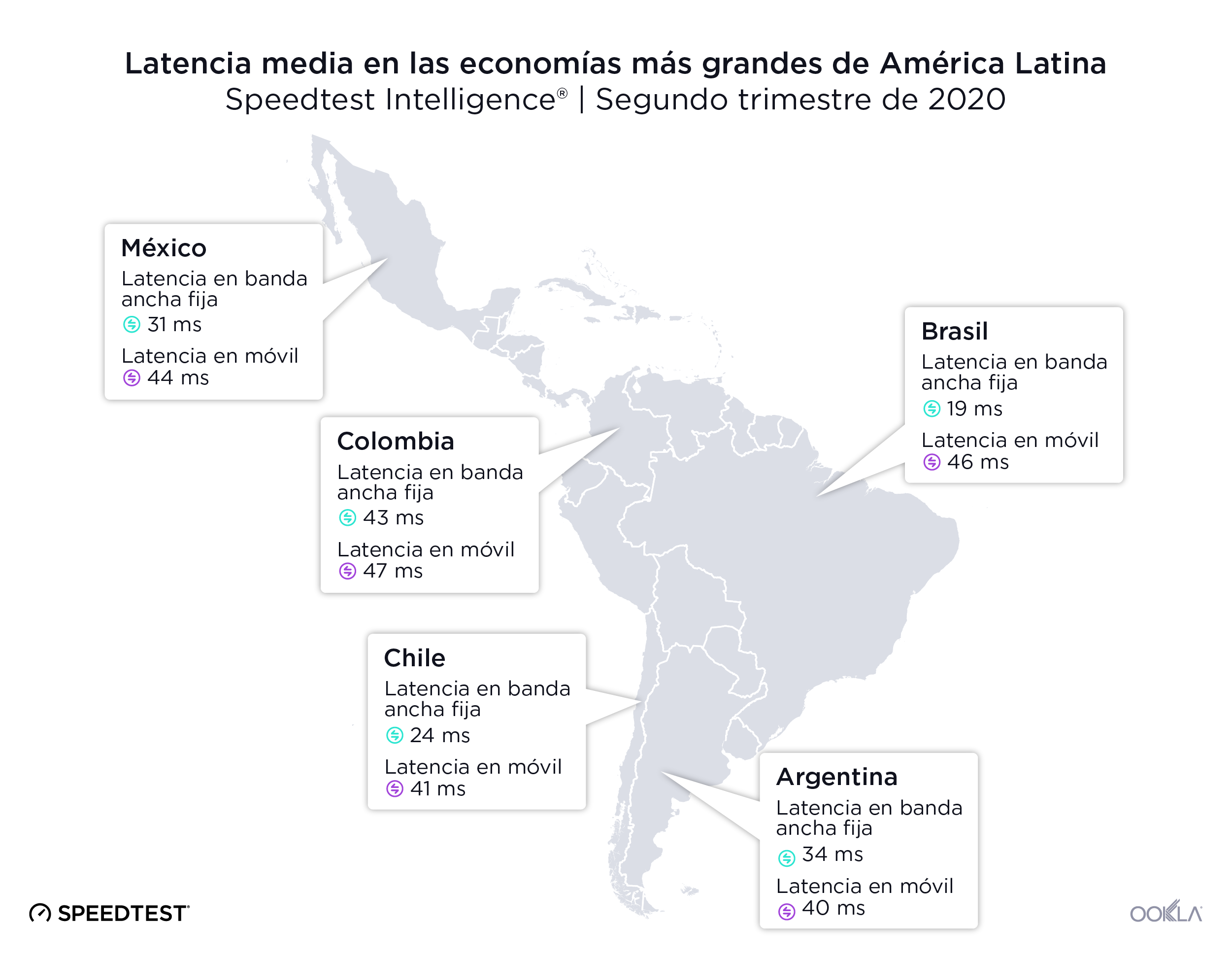
Los jugadores en Brasil disfrutaron la latencia media más baja en banda ancha fija durante el segundo trimestre de 2020 con 19 ms. A Brasil, lo siguieron Chile, México y Argentina. Colombia tuvo la latencia más alta en banda ancha fija durante este período con 43 ms.
Las inversiones recientes en cable de fibra óptica en toda la región dieron como resultado mejores latencias cuando comparamos el segundo trimestre de 2019 y el segundo trimestre de 2020. Brasil mostró una gran mejora en la latencia de banda ancha fija en comparación con el segundo trimestre de 2019, que disminuyó de 23 ms en el segundo trimestre de 2019 a 19 ms en el segundo trimestre de 2020. La latencia en México también cayó de 34 ms en el segundo trimestre de 2019 a 31 ms en el segundo trimestre de 2020. Los otros tres países de nuestra lista no experimentaron prácticamente ningún cambio en la latencia de banda ancha fija entre el segundo trimestre de 2019 y el segundo trimestre de 2020.
Hubo una variación entre los países en la latencia móvil durante el segundo trimestre de 2020. Argentina tuvo la mejor latencia móvil en 40 ms, seguido por Chile con 41 ms. Colombia tuvo la latencia móvil más alta durante este período con 47 ms.
México experimentó la mejora más amplia en su latencia móvil cuando se compara el segundo trimestre de 2019 y el segundo trimestre de 2020. La latencia móvil mejoró de 57 ms en el segundo trimestre de 2019 a 44 ms en el segundo trimestre de 2020. Los demás países de nuestra lista tuvieron pequeñas mejoras en su latencia móvil durante este período. En Chile, la latencia móvil aumentó año tras año, de 38 ms en el segundo trimestre 2019 a 41 ms en el segundo trimestre de 2020.
Las implementaciones de 5G en la región han comenzado recientemente, incluyendo el lanzamiento de la tecnología 5G DSS en Brasil. Aunque la tecnología todavía es bastante nueva en América Latina, tiene el potencial de mejorar radicalmente la latencia sobre lo que ofrecen actualmente los dispositivos con capacidad 4G.
Las velocidades de Internet aumentaron durante la pandemia
Tener una conexión a Internet rápida también es importante. Hemos usado datos de Speedtest Intelligence para rastrear el rendimiento de Internet a nivel global durante la pandemia. Si bien algunos países sufrieron una caída en las velocidades en Marzo, en líneas generales, las velocidades de banda ancha fija aumentaron en Argentina, Brasil, Chile, Colombia y México desde la semana de referencia del 2 de marzo de 2020. Salvo por Chile, estos países también experimentaron un aumento en las velocidades móviles, que varió de un aumento de 2 % en Colombia a un aumento de 19 % en México.
São Paulo tuvo la latencia de banda ancha fija más baja junto con Buenos Aires en móvil
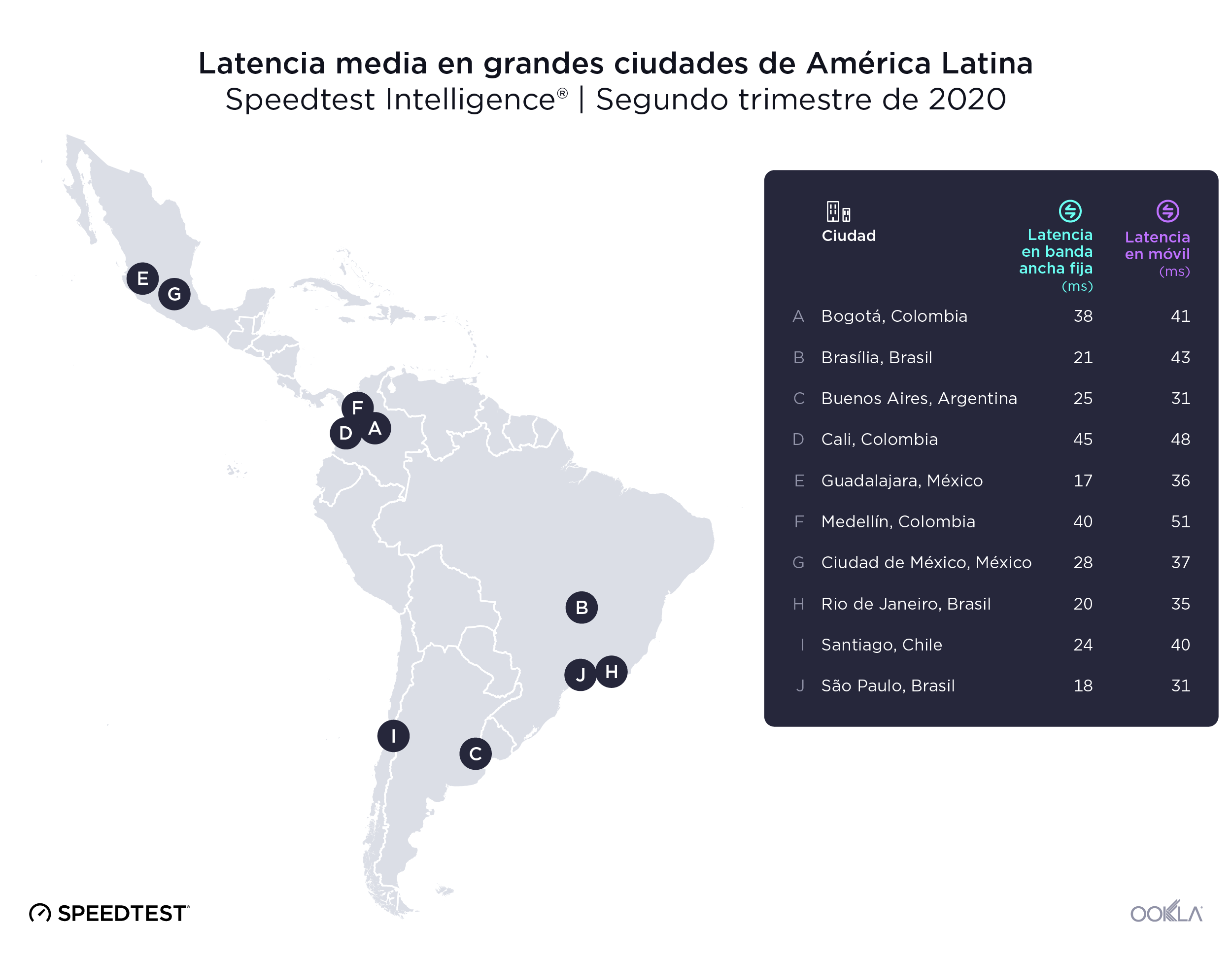
Latencia de banda ancha fija en algunas de las ciudades más grandes de América Latina, desde 17 ms en Guadalajara a 45 ms en Cali. Guadalajara, São Paulo y Río de Janeiro tuvieron la latencia de banda ancha fija más baja de nuestra lista durante el segundo trimestre de 2020 con 17 ms, 18 ms y 20 ms, respectivamente. Las ciudades colombianas de Bogotá, Medellín y Cali tuvieron las latencias más altas de banda ancha fija de nuestra lista con 38 ms, 40 ms y 45 ms, respectivamente. Todas las ciudades de esta lista tuvieron latencias de banda ancha fija por debajo de 59 ms, la medición recomendada para una experiencia de juego en línea sin problemas.
Al comparar los resultados año tras año del segundo trimestre de 2019, notamos aumentos en la latencia de banda ancha fija en casi todas las ciudades en el segundo trimestre de 2020. Cali fue la única ciudad de la lista en la que la latencia mejoró, desde 49 en el segundo trimestre de 2019 a 45 ms en el segundo trimestre de 2020.
São Paulo y Buenos Aires empataron con la latencia móvil más baja de la lista durante el segundo trimestre de 2020 con 31 ms. Río de Janeiro siguido con 34 ms. Brasilia, Cali y Medellín ocuparon los últimos tres puestos de la lista con latencias móviles de 43 ms, 48 ms y 51 ms, respectivamente.
La latencia móvil de Ciudad de México y São Paulo mejoró notablemente en el segundo trimestre de 2020 en comparación con el segundo trimestre de 2019. La latencia móvil de Ciudad de México cayó de 53 ms a 37 ms durante el mismo período. La latencia móvil en São Paulo cayó de 40 ms en el segundo trimestre de 2019 a 31 ms en el segundo trimestre de 2020. Solo una ciudad de nuestra lista no demostró mejoras en la latencia móvil al comparar el segundo trimestre de 2019 con el segundo trimestre de 2020, Santiago, donde la latencia móvil aumentó de 36 ms a 40 ms durante este período.
Los jugadores experimentados les gustará saber que las velocidades de internet y la latencia móvil están mejorando en muchas partes de América Latina. Deseamos ver cómo la latencia de banda ancha fija pasa al próximo nivel en un futuro cercano. Si desea obtener más información sobre el rendimiento de Internet en otras partes del mundo, visite Ookla ResearchTM.
Explorando a experiência de jogos online na América Latina
Os jogos online estão em alta na América Latina e no mundo inteiro. Isso está criando uma demanda por conexões de rede de baixa latência para que os jogadores possam desfrutar de uma experiência de jogo sem problemas nem atrasos. De acordo com dados da Speedtest Intelligence®, durante o segundo trimestre de 2020, a latência variou bastante entre países e cidades nas cinco economias mais fortes da América Latina, dando a alguns jogadores uma vantagem inesperada. Continue lendo para saber mais sobre a latência de banda larga móvel e fixa na Argentina, Brasil, Chile, Colômbia e México e ver em que país e em quais das cidades mais populosas os usuários provavelmente terão a melhor experiência de jogo.
A latência, ou o tempo de reação de uma conexão, é uma métrica fundamental nos jogos. Para ter a melhor experiência de jogo, os usuários devem ver a latência de 59 ms ou menos. Os dados abaixo mostram a latência média de cada local. A latência móvel é aplicável a jogos em dispositivos móveis, enquanto a latência de banda larga fixa mede a latência ao jogar no PC e em consoles.
O Brasil teve a menor latência de banda larga fixa e a Argentina teve a menor latência móvel

Os jogadores no Brasil tiveram a menor latência média de banda larga fixa durante o segundo trimestre de 2020, com 19 ms. O Brasil foi seguido por Chile, México e Argentina. A Colômbia teve a maior latência de banda larga fixa durante esse período, com 43 ms.
Investimentos recentes em fibra em toda a região resultaram em latências aprimoradas ao comparar o segundo trimestre de 2019 e o segundo trimestre de 2020. O Brasil mostrou a maior melhoria na latência de banda larga fixa em comparação com o segundo trimestre de 2019, diminuindo de 23 ms para 19 ms no segundo trimestre de 2020. A latência no México também diminuiu, passando de 34 ms no segundo trimestre de 2019 para 31 ms no segundo trimestre de 2020. Os outros três países da nossa lista tiveram pouca ou nenhuma alteração na latência de banda larga fixa entre o segundo trimestre de 2019 e o segundo trimestre de 2020.
Os países tiveram menos variação na latência móvel durante o segundo trimestre de 2020. A Argentina teve a melhor latência em dispositivos móveis, com 40 ms, seguida de perto pelo Chile, com 41 ms. A Colômbia teve a maior latência móvel durante esse período, com 47 ms.
No segundo trimestre de 2020, o México conseguiu a maior melhoria na latência móvel em comparação com o segundo trimestre de 2019. A latência móvel melhorou de 57 ms no segundo trimestre de 2019 para 44 ms no segundo trimestre de 2020. A latência móvel dos outros países da lista melhorou um pouco menos durante esse período. No Chile, a latência móvel inclusive aumentou de um ano para outro, de 38 ms no segundo trimestre de 2019 para 41 ms no segundo trimestre de 2020.
As implementações de 5G na região começaram recentemente, incluindo o lançamento da tecnologia 5G DSS no Brasil. Embora a tecnologia ainda seja relativamente nova na América Latina, ela tem o potencial de melhorar radicalmente a latência sobre o que os dispositivos com capacidade 4G oferecem atualmente.
A velocidade da Internet aumentou durante a pandemia
Ter uma conexão rápida com a Internet também é importante para os jogadores. Usamos dados da Speedtest Intelligence para acompanhar o desempenho da Internet em nível global durante a pandemia. Embora alguns países tenham tido uma queda nas velocidades em março, no geral, as velocidades de Internet de banda larga fixa aumentaram na Argentina, no Brasil, no Chile, na Colômbia e no México desde a semana base de 2 de março de 2020. Exceto no Chile, esses países também tiveram um aumento nas velocidades em dispositivos móveis, variando de um aumento de 2% na Colômbia até um aumento de 19% no México.
São Paulo teve a menor latência de banda larga fixa, enquanto Buenos Aires em dispositivos móveis

A latência de banda larga fixa em algumas das maiores cidades da América Latina variou de 17 ms em Guadalajara a 45 ms em Cali. Guadalajara, São Paulo e Rio de Janeiro tiveram as menores latências de banda larga fixa da nossa lista durante o segundo trimestre de 2020, com 17 ms, 18 ms e 20 ms, respectivamente. As cidades colombianas de Bogotá, Medellín e Cali apresentaram as maiores latências em banda larga fixa em nossa lista, com 38 ms, 40 ms e 45 ms, respectivamente. Todas as cidades desta lista ainda apresentaram latências em banda larga fixa abaixo de 59 ms, a medida recomendada para uma experiência de jogo sem problemas.
Ao comparar os resultados ano a ano para o segundo trimestre de 2019, vimos aumentos na latência de banda larga fixa em quase todas as cidades no segundo trimestre de 2020. Cali foi a única cidade da lista em que a latência melhorou, passando de 49 ms no segundo trimestre de 2019 para 45 ms no segundo trimestre de 2020.
São Paulo e Buenos Aires empataram na menor latência móvel da nossa lista durante o segundo trimestre de 2020, com 31 ms. Rio de Janeiro em seguida, com 35 ms. Brasília, Cali e Medellín ocuparam os três últimos lugares da lista, com latências móveis de 43 ms, 48 ms e 51 ms, respectivamente.
As latências móveis da Cidade do México e de Guadalajara melhoraram significativamente no segundo trimestre de 2020, em comparação com o segundo trimestre de 2019. A latência móvel na Cidade do México diminuiu de 53 ms para 37 ms no mesmo período. A latência móvel em São Paulo caiu de 40 ms no segundo trimestre de 2019 para 31 ms no segundo trimestre de 2020. Apenas uma cidade da nossa lista não mostrou melhoria na latência móvel na comparação entre o segundo trimestre de 2019 e o segundo trimestre de 2020: Santiago. Lá, a latência móvel aumentou de 36 ms para 40 ms durante esse período.
Quem gosta de jogos eletrônicos na América Latina ficará muito feliz em saber que as velocidades da Internet e a latência móvel estão melhorando em muitas partes da região. Estamos ansiosos para ver se a latência de banda larga fixa alcançará outro nível em um futuro próximo. Se você estiver interessado em aprender mais sobre o desempenho da Internet em outras partes do mundo, visite Ookla ResearchTM.

